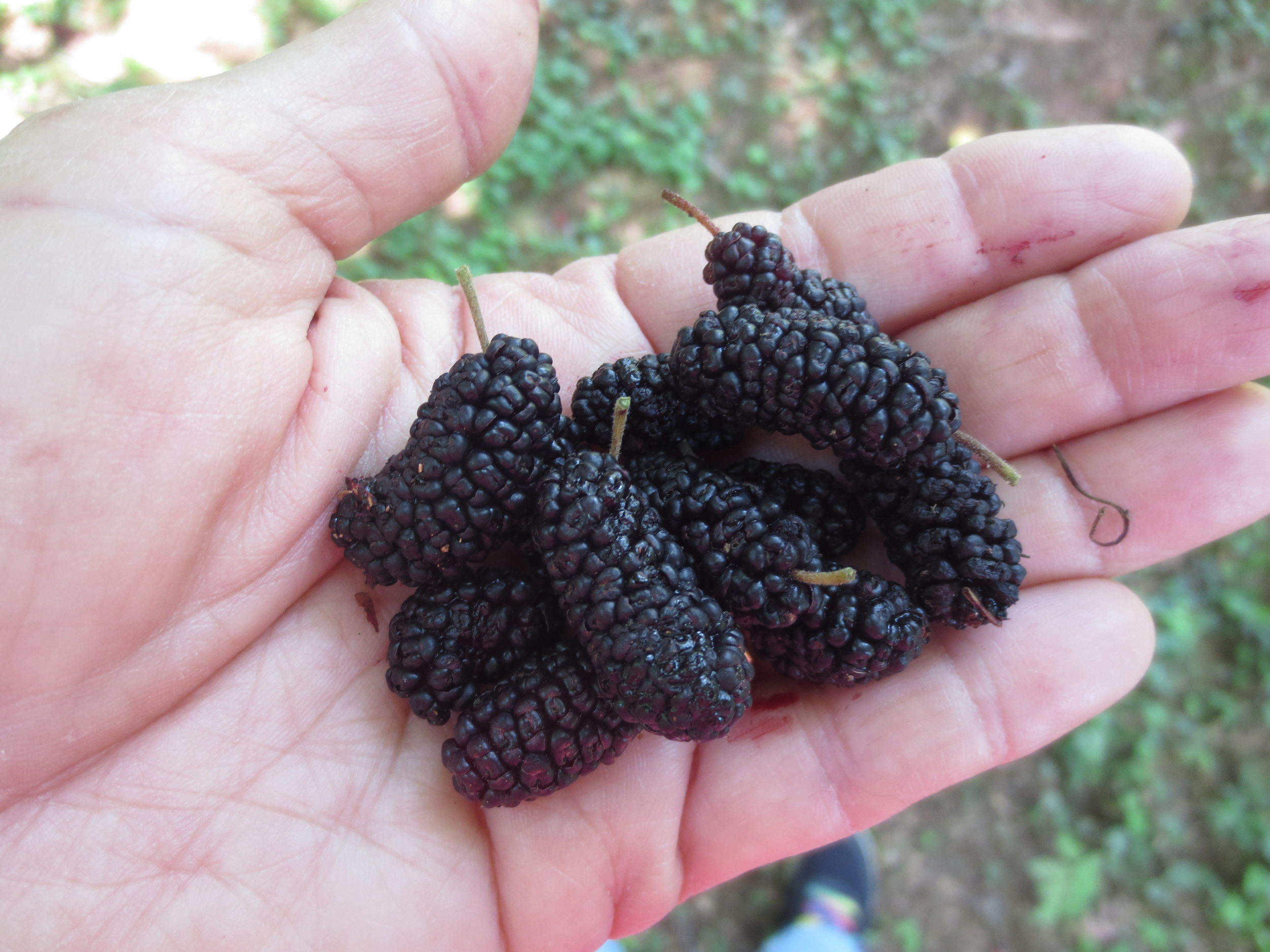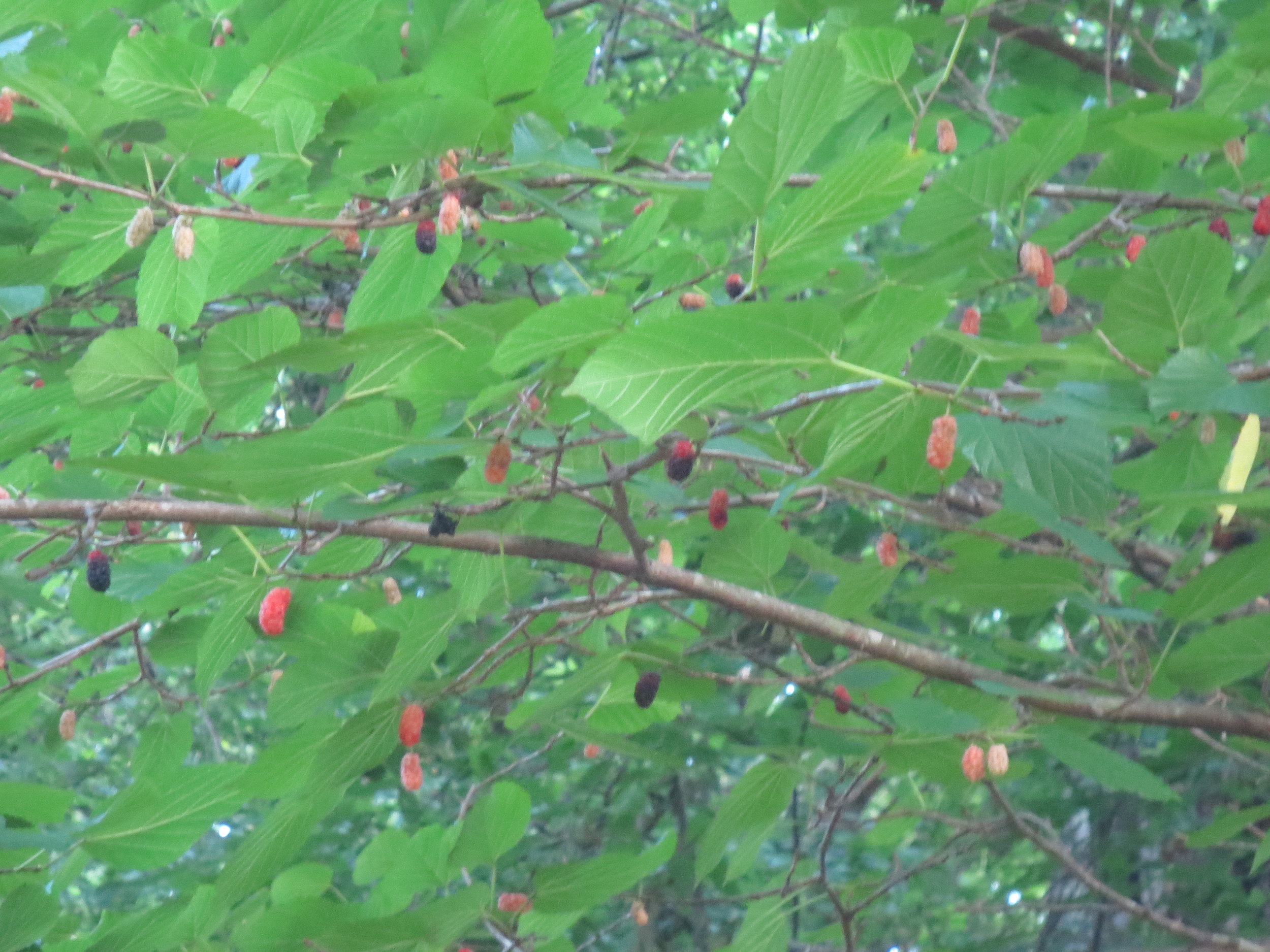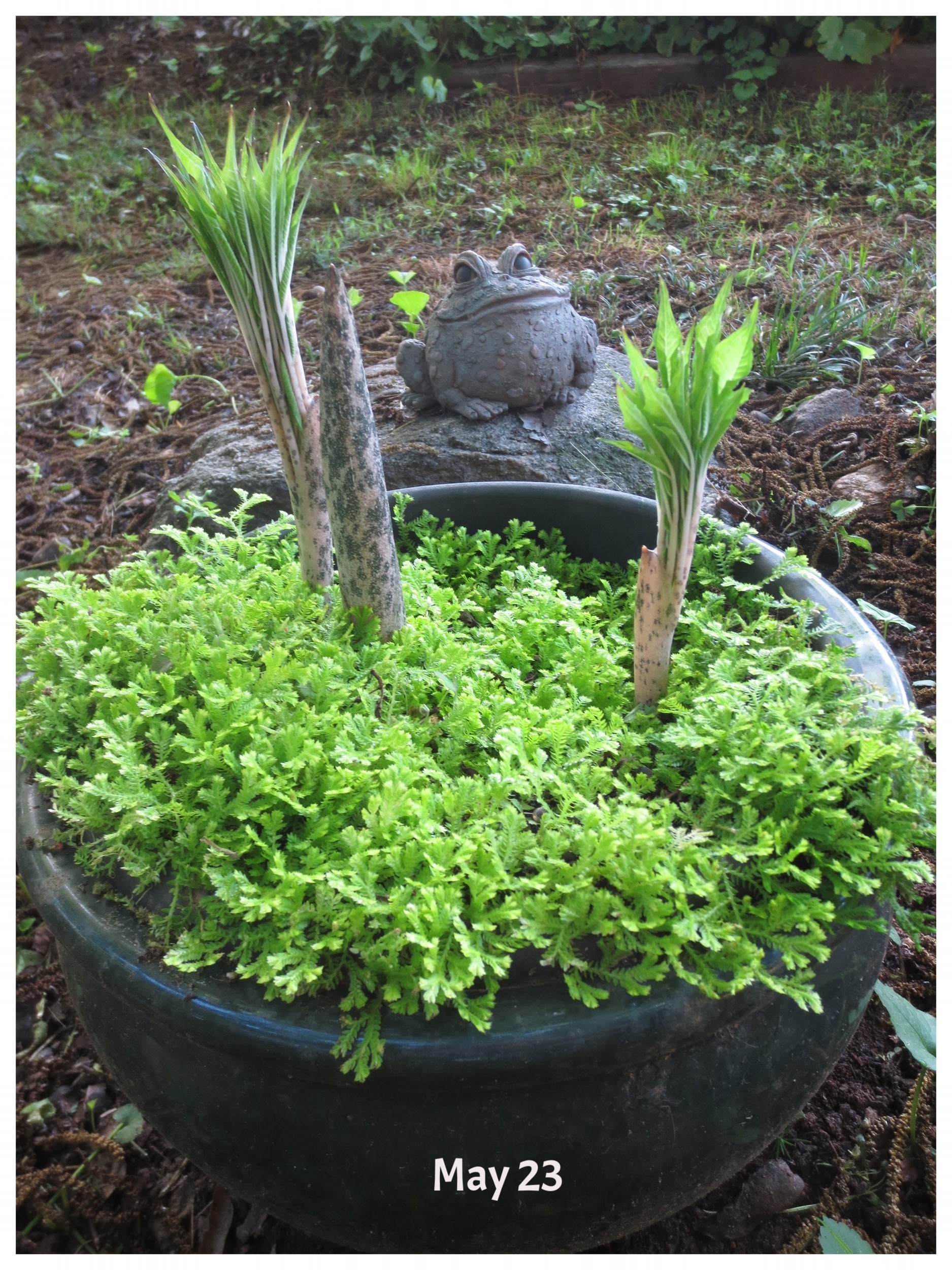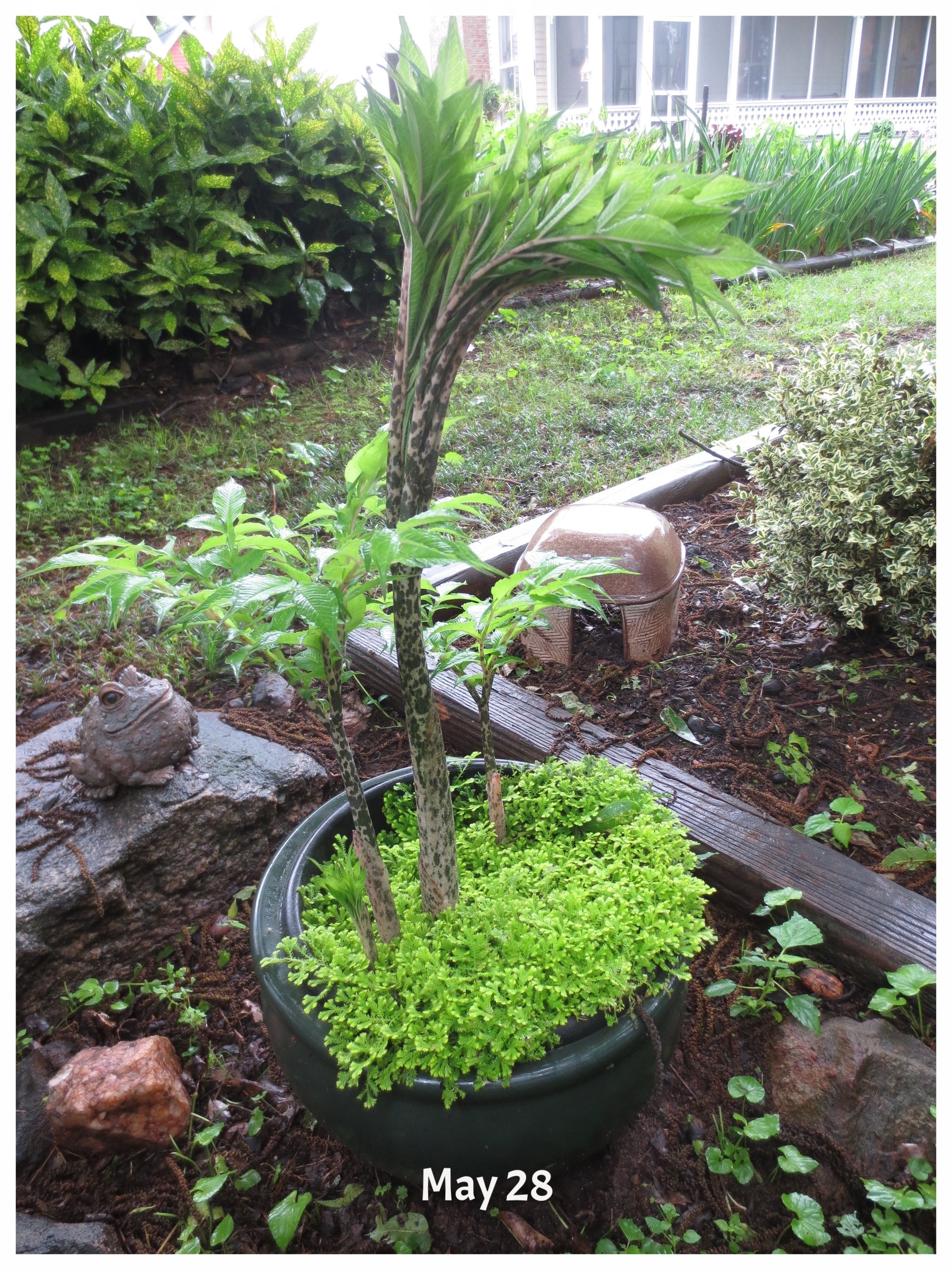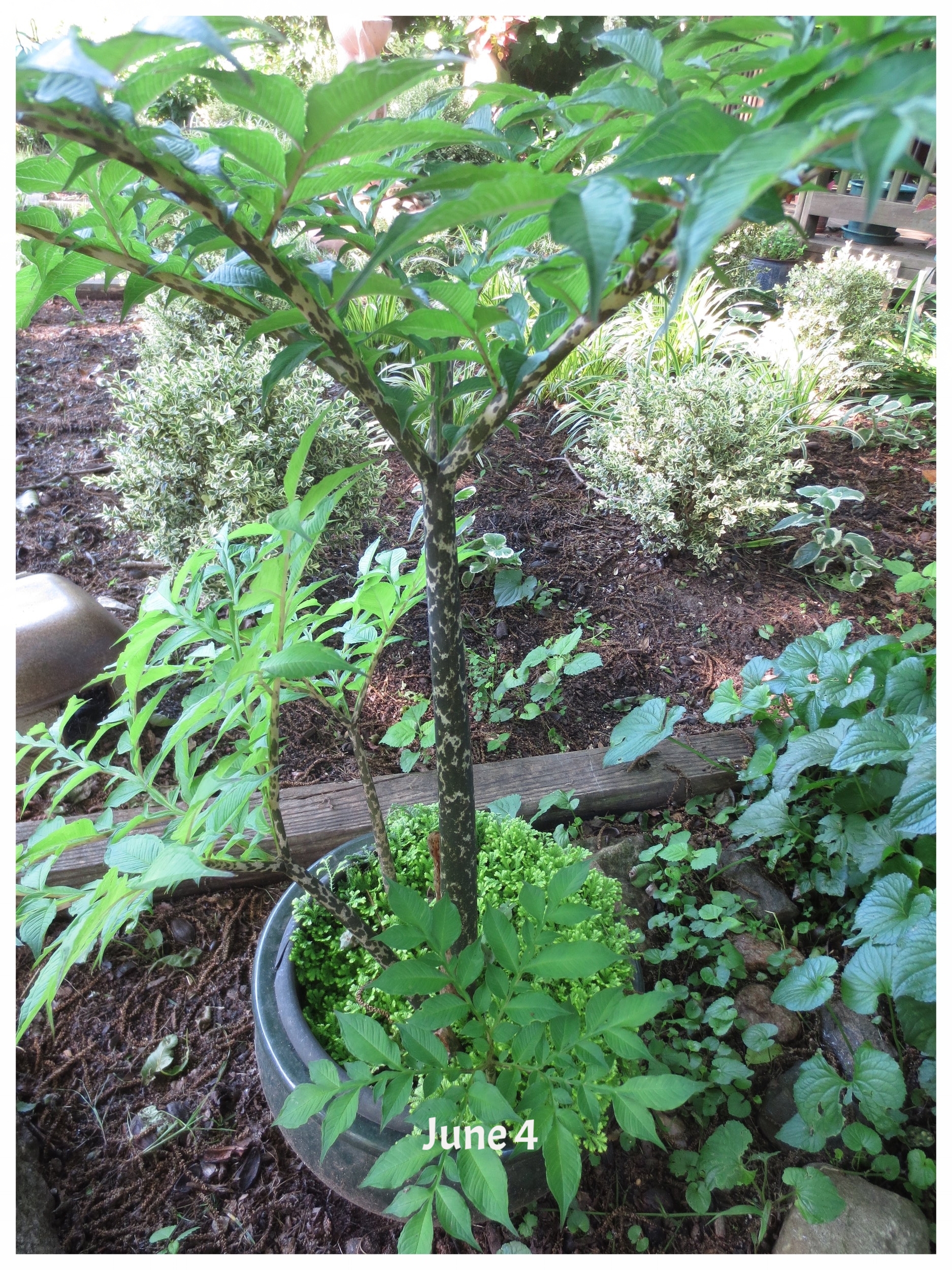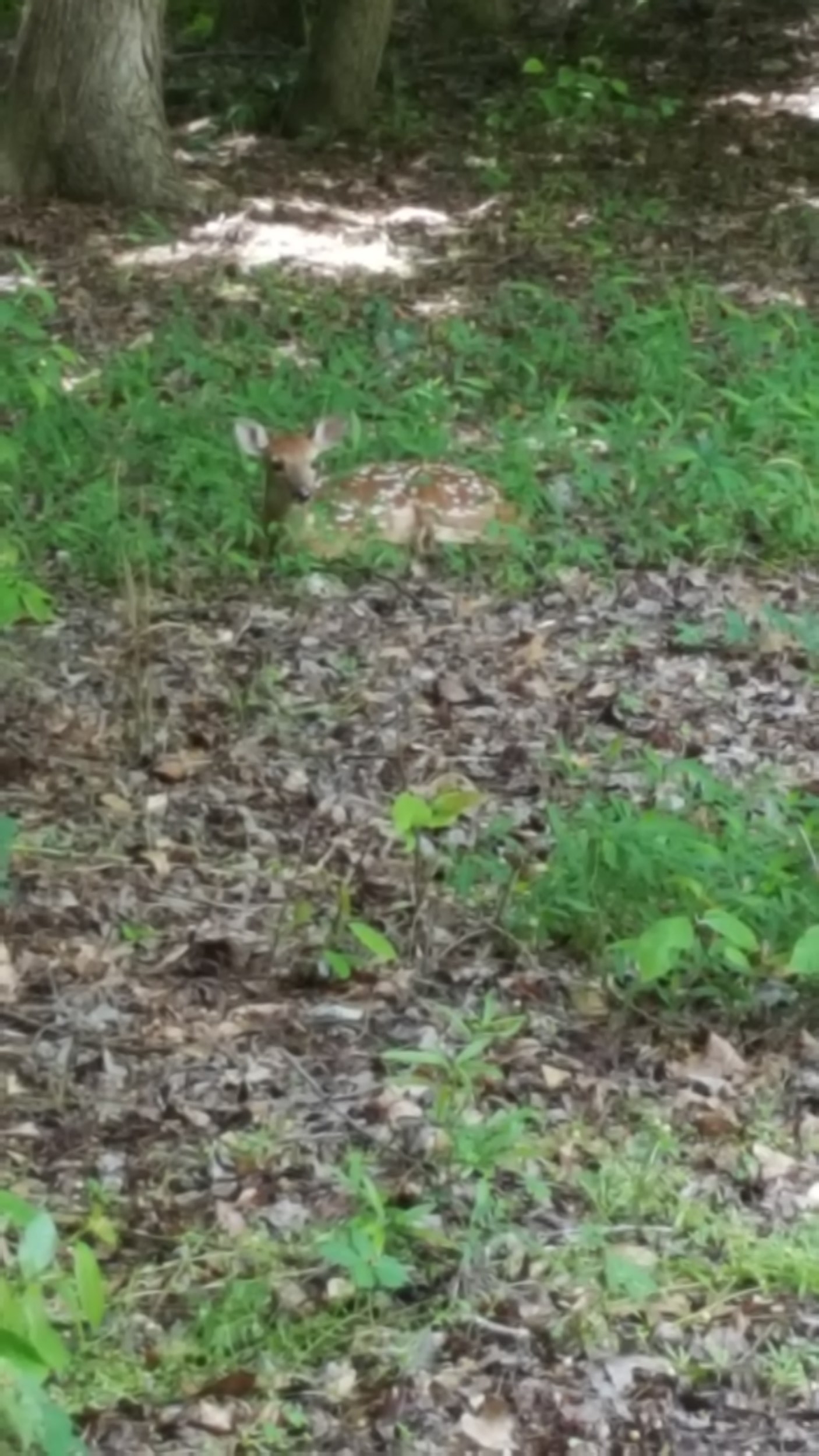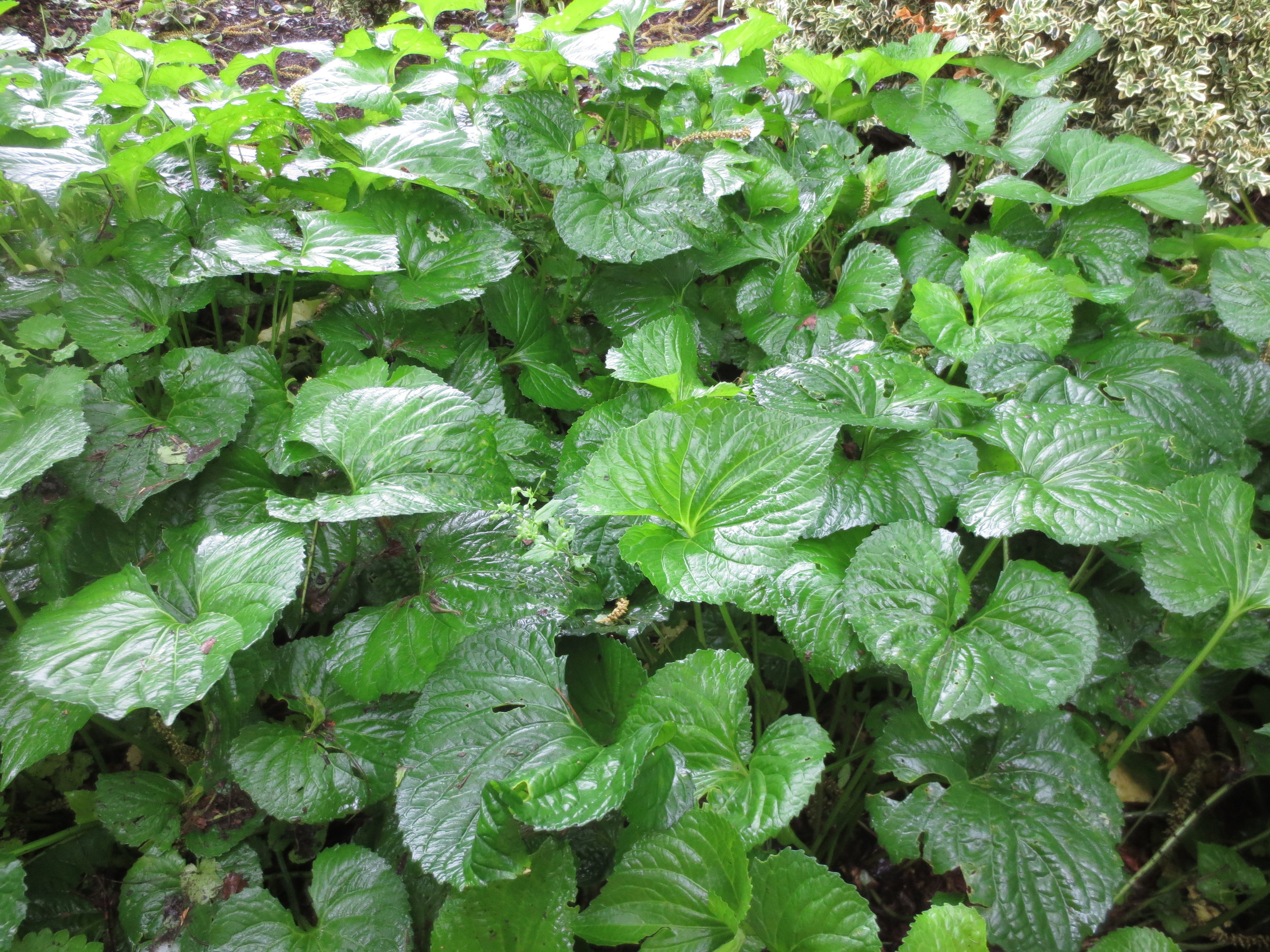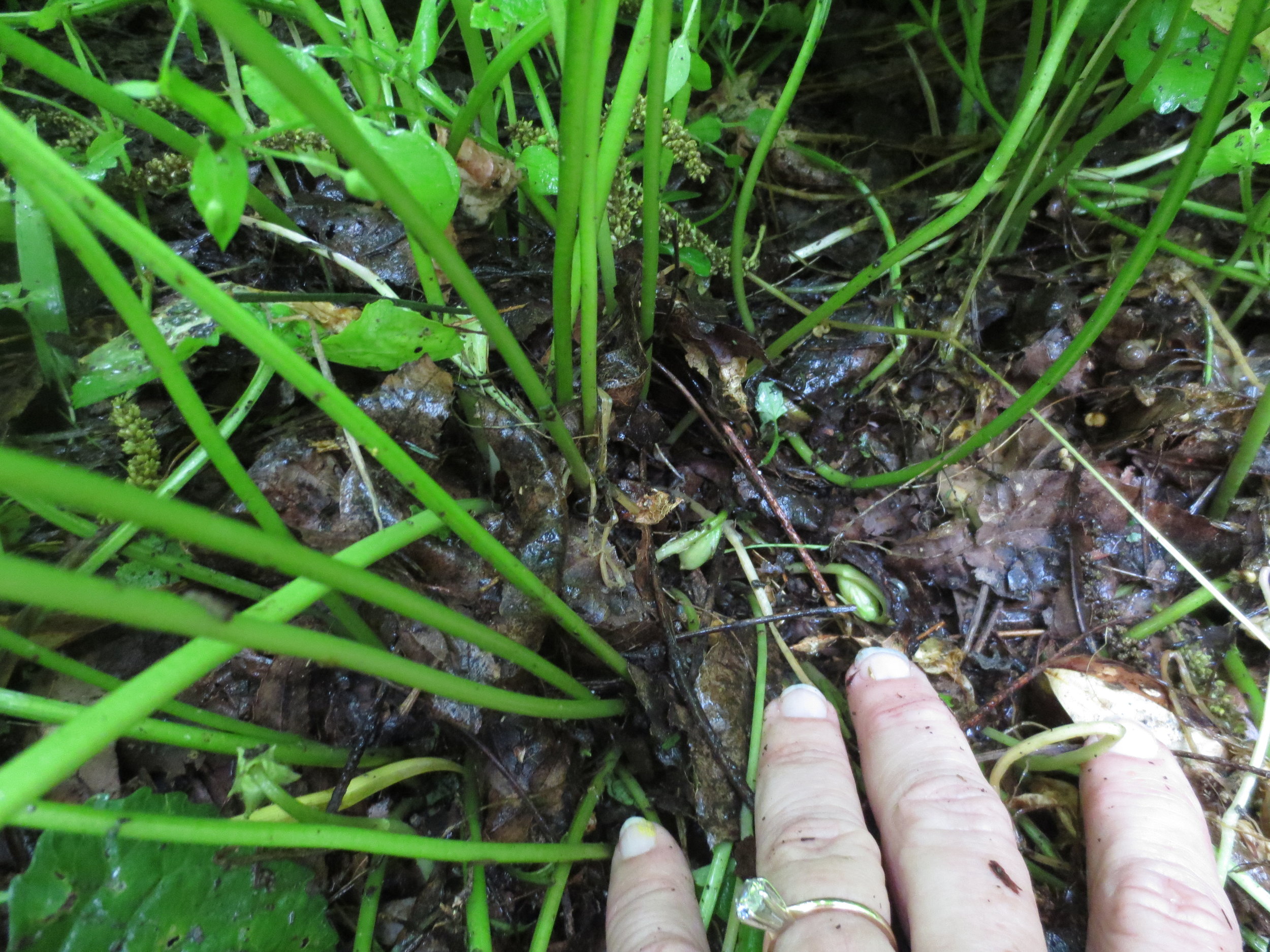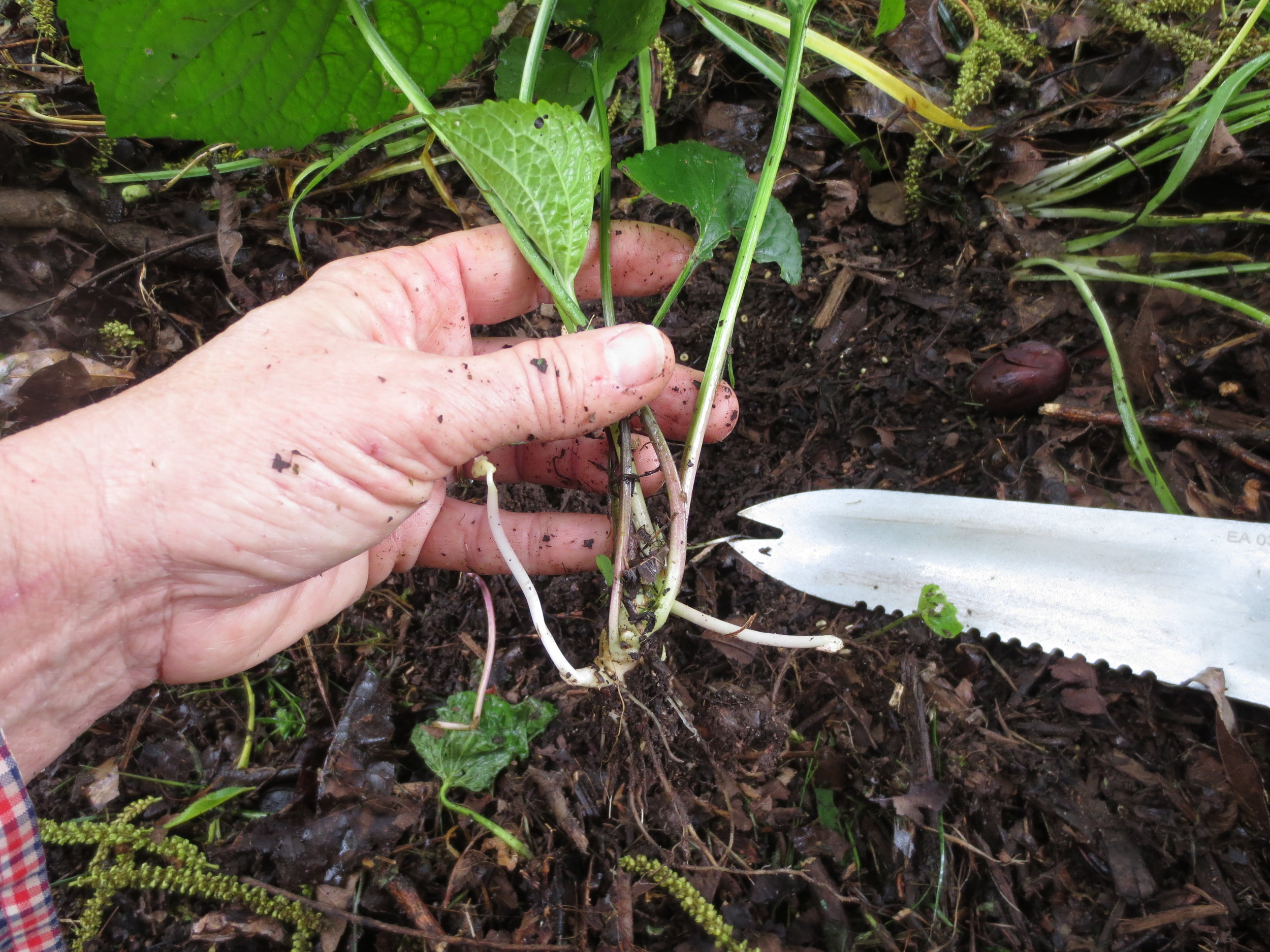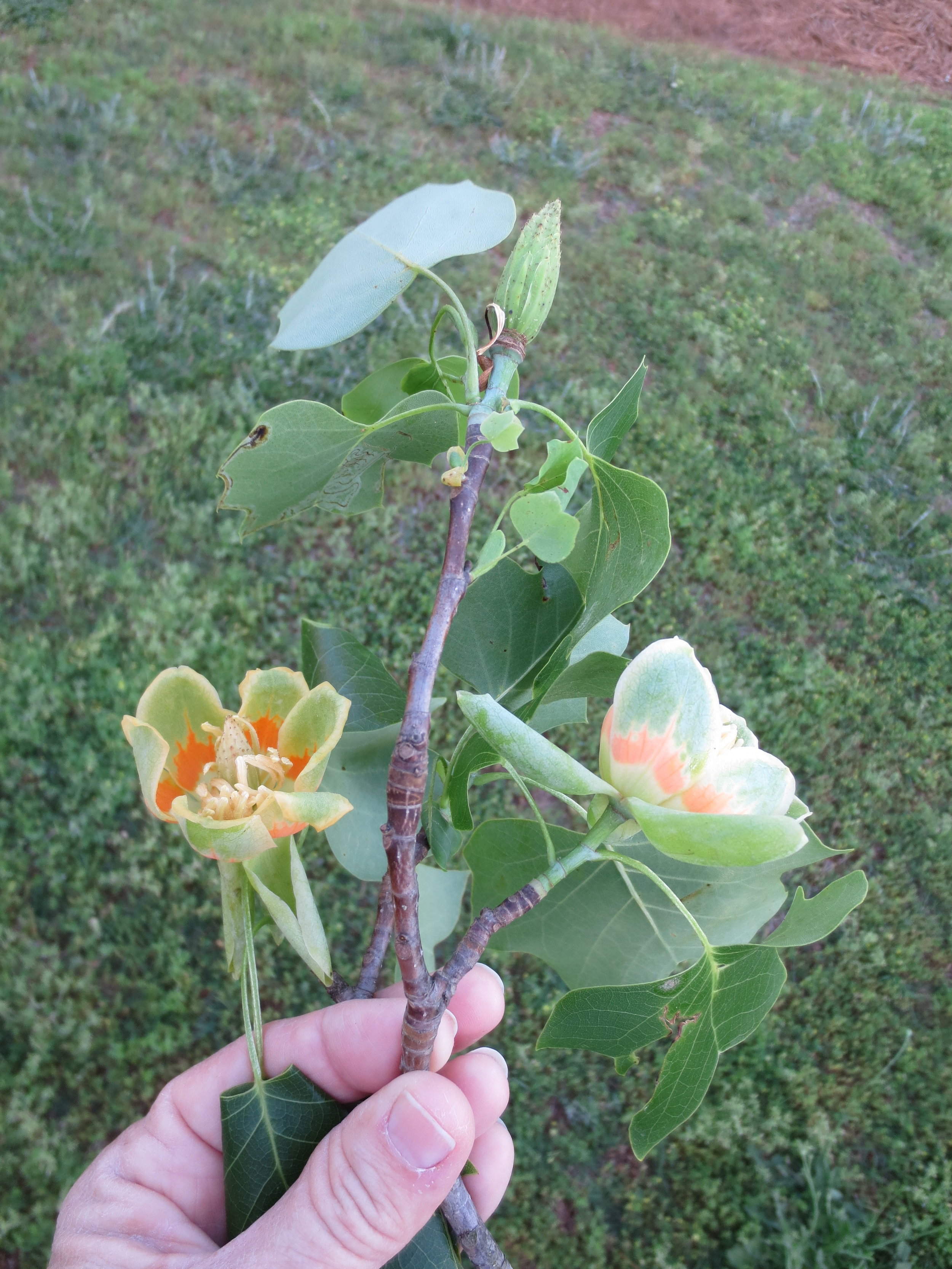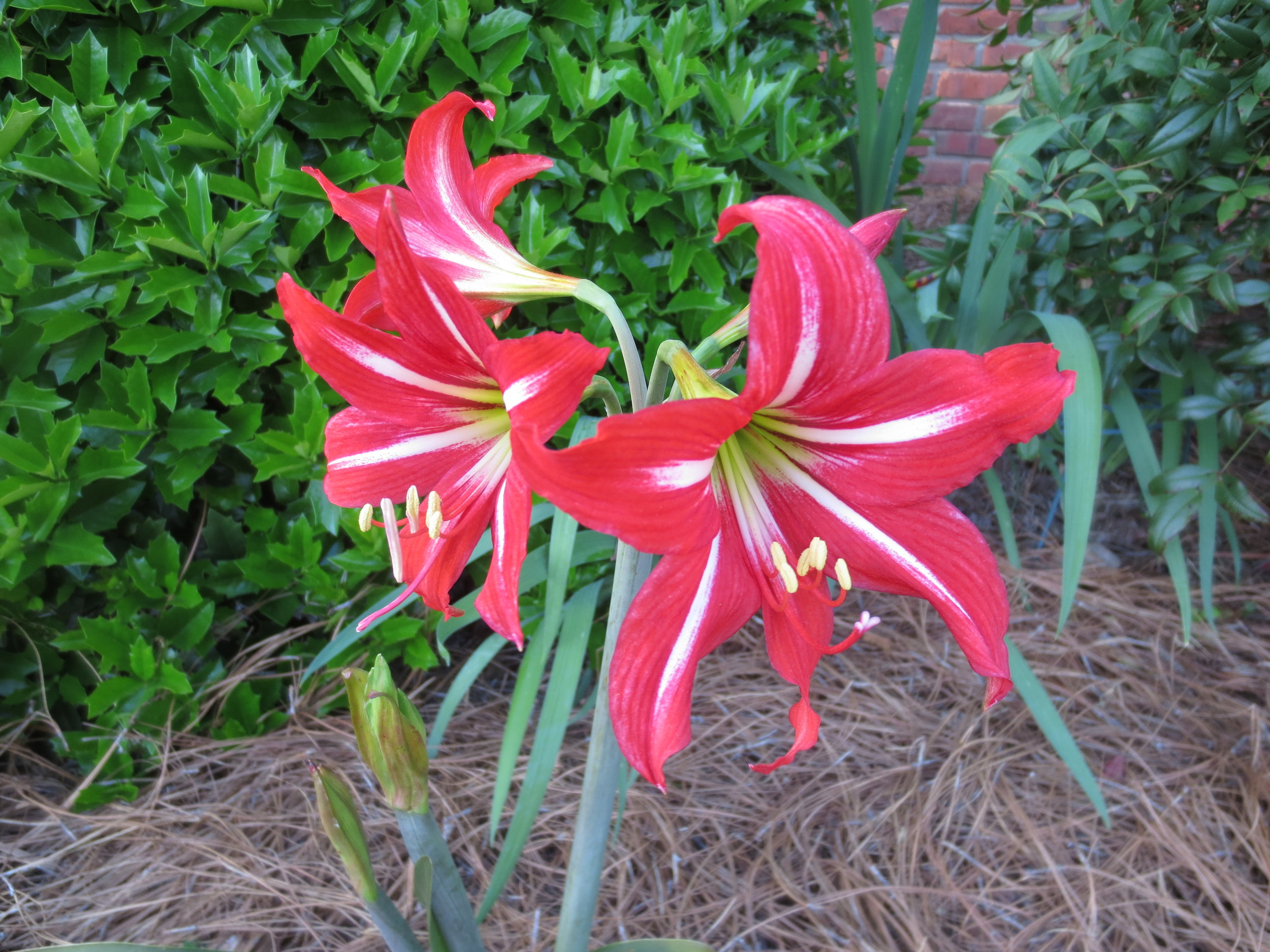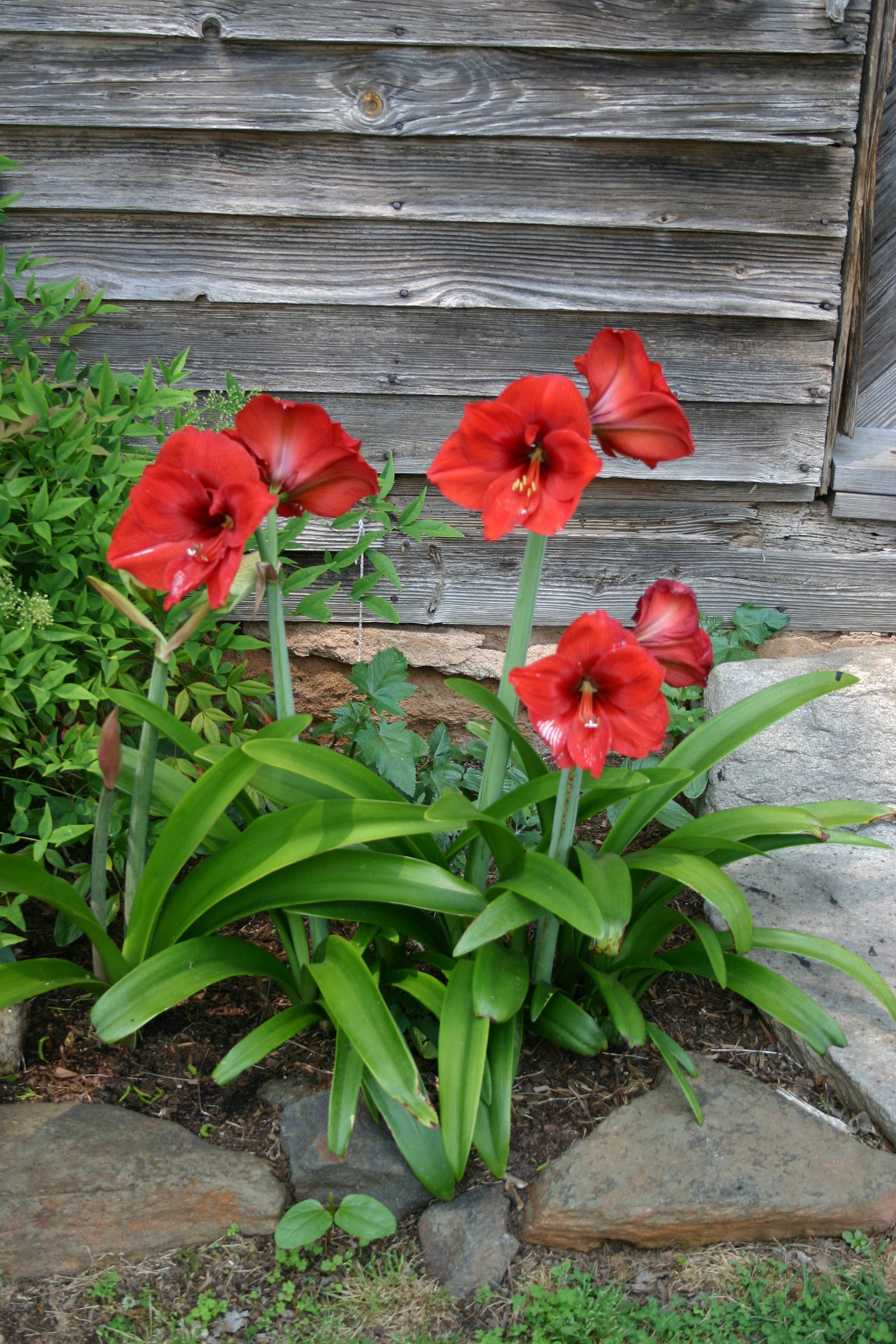The decline in the Monarch butterfly population has brought attention to the need for pollinator plants. The ugly, weedy variety of milkweed springs up all over my farm, so I think that the Mary Snoddy garden is doing its part. There is a more attractive way to support butterfly families (Monarchs as well as many others) and that is through growing Butterfly Weed (Asclepias tuberosa).
Last year I rescued a number of these from a highway right-of-way that was about to be mowed by the Department of Transportation. I dug up a good stand of the native orange butterfly weed, aquiring the worst case of poison ivy rash I’ve ever experienced. In April, I was weeding one of my flower beds and caught sight of these rescued plants. There were very few leaves left on plants that had been flourishing a week prior. My first thought was that my husband had hit them with the string trimmer. A closer look revealed many, many butterfly caterpillars munching away. I left the plants alone, and in just two weeks they flushed out a new set of leaves and bloomed beautifully.
In addition to the perennial orange variety, I grow the red-and-yellow annual butterfly weed (Asclepias curassavica). It is not as well known as its perennial cousin, but the blooms are lovely. It is easily started from seed and produces tall, narrow stems with blooms at the very top, which means it is perfect for the back of the flower bed. Once the blooms are spent, I allow some to drop seed so I’ll have more next year. I trim most of the stems back to twelve inches or so. They produce multiple stems from the pruning point and bloom again.
The only downside of growing any of the butterfly weeds is their attraction to aphids. If you have butterfly weed, you WILL have aphids. I tend to ignore these juice-suckers and let my lady beetles take care of the problem. If populations get really out of control, I use a stream of water from the garden hose to rinse some off, using a little finger action to encourage them to let go.
I love the mature seed pods of both annual and perennial butterfly weed. The elongated capsules burst open when ripe, revealing an abundance of seeds. Each seed has a wispy tail that helps the wind carry them to a new home.
Please see the photos for the annual form, the perennial form, and my caterpillar buffet.

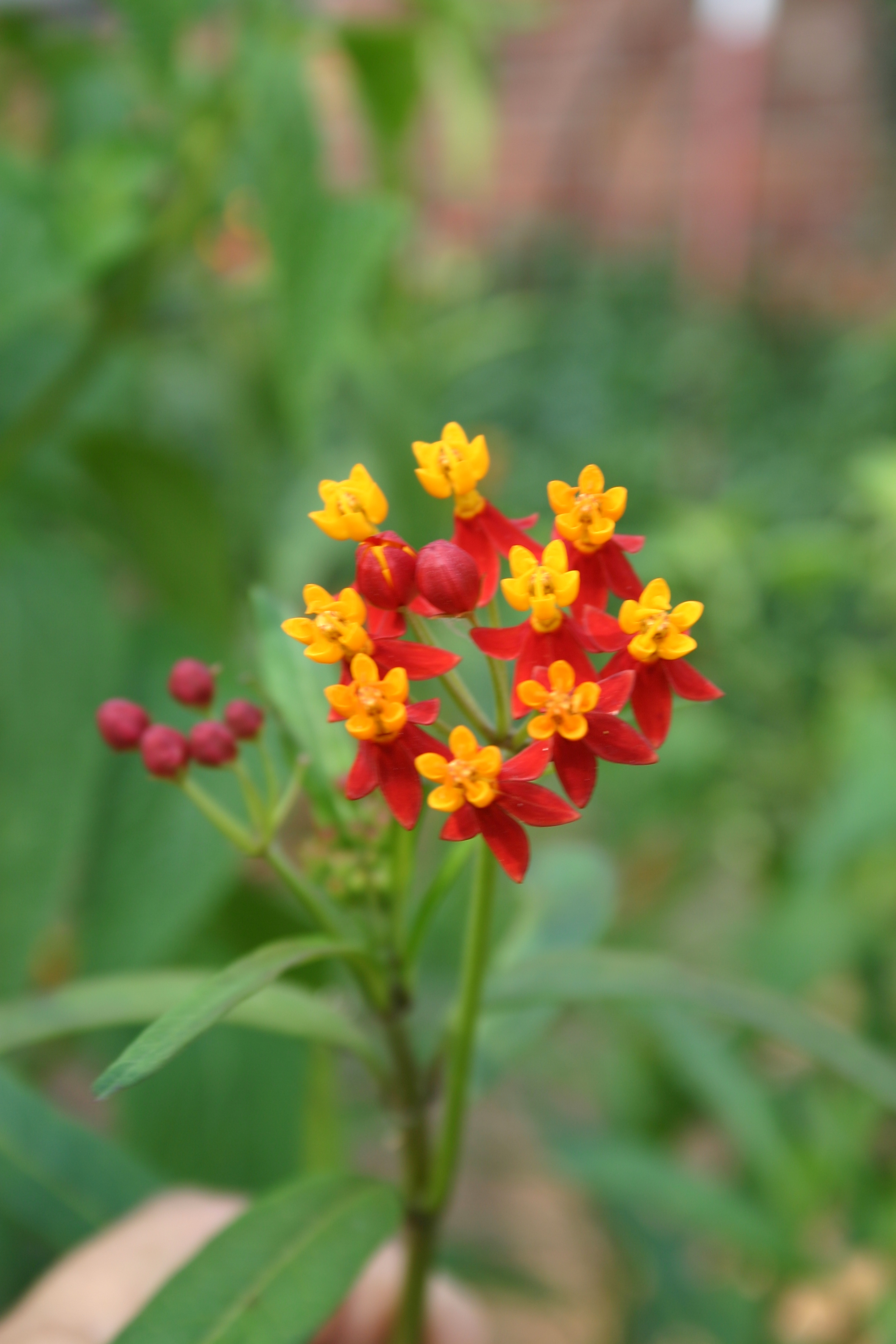
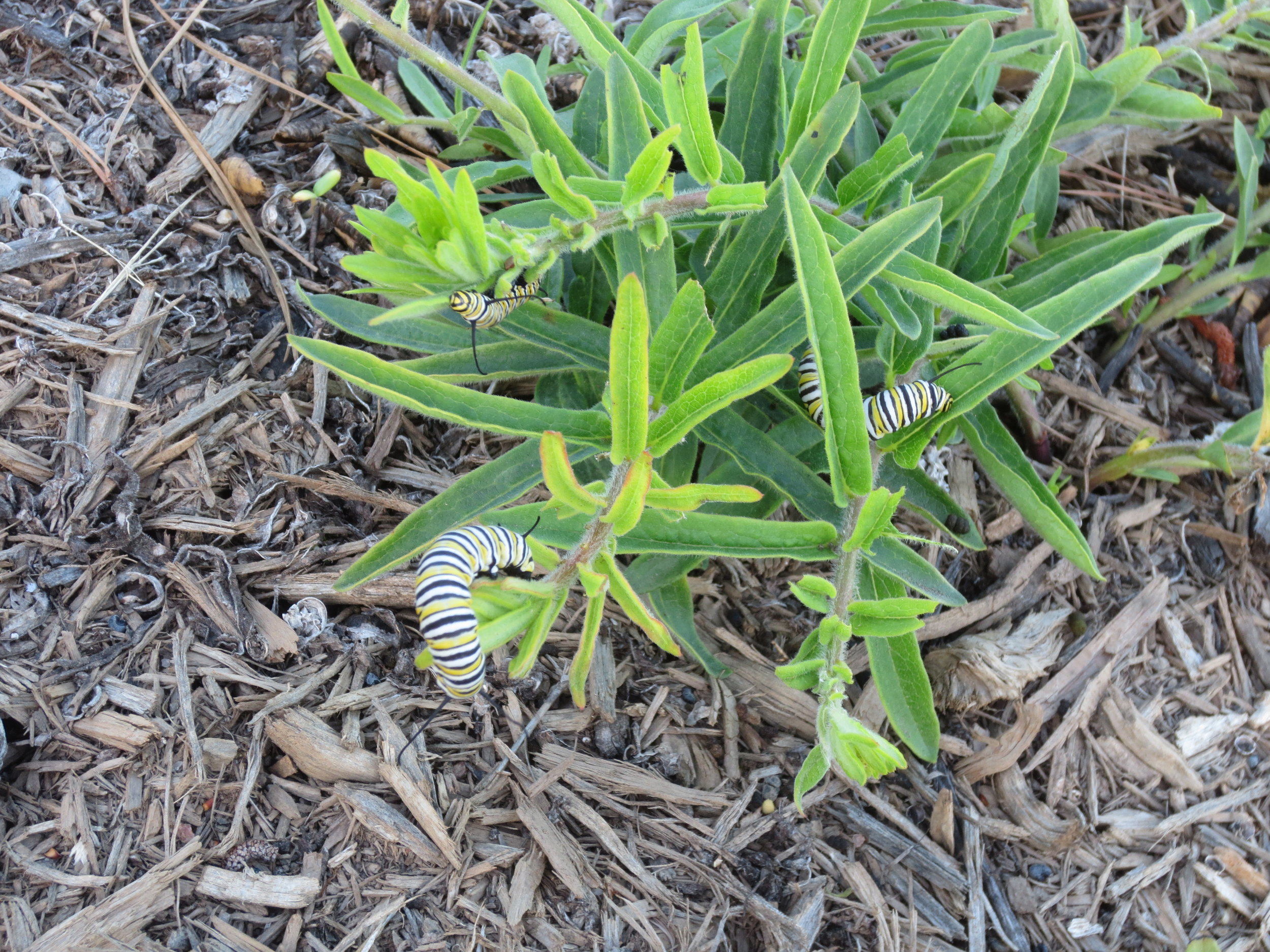
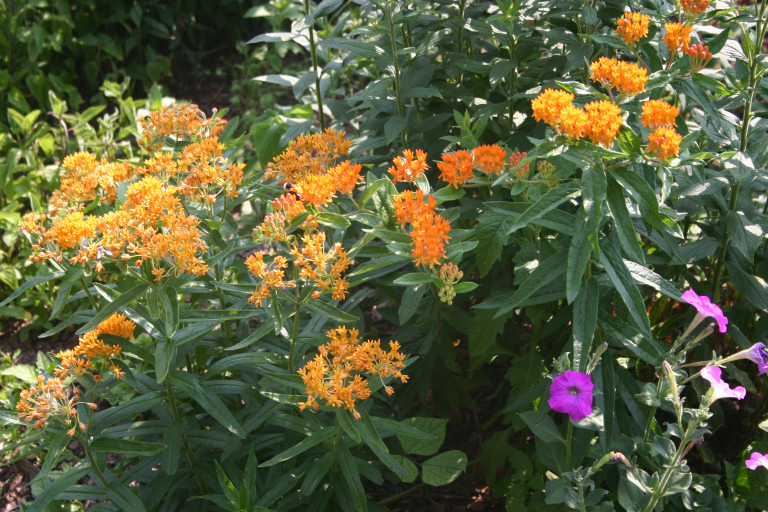

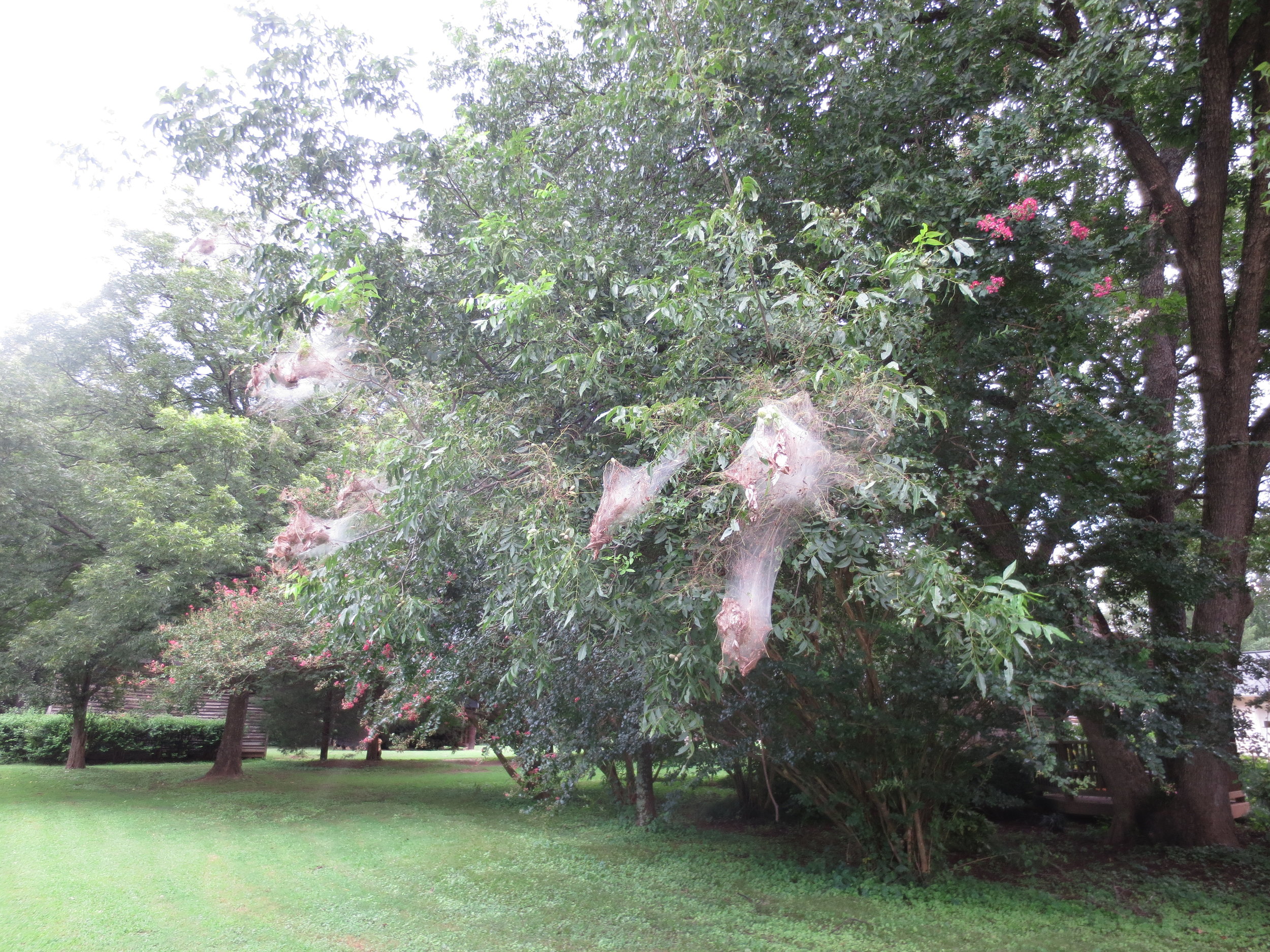
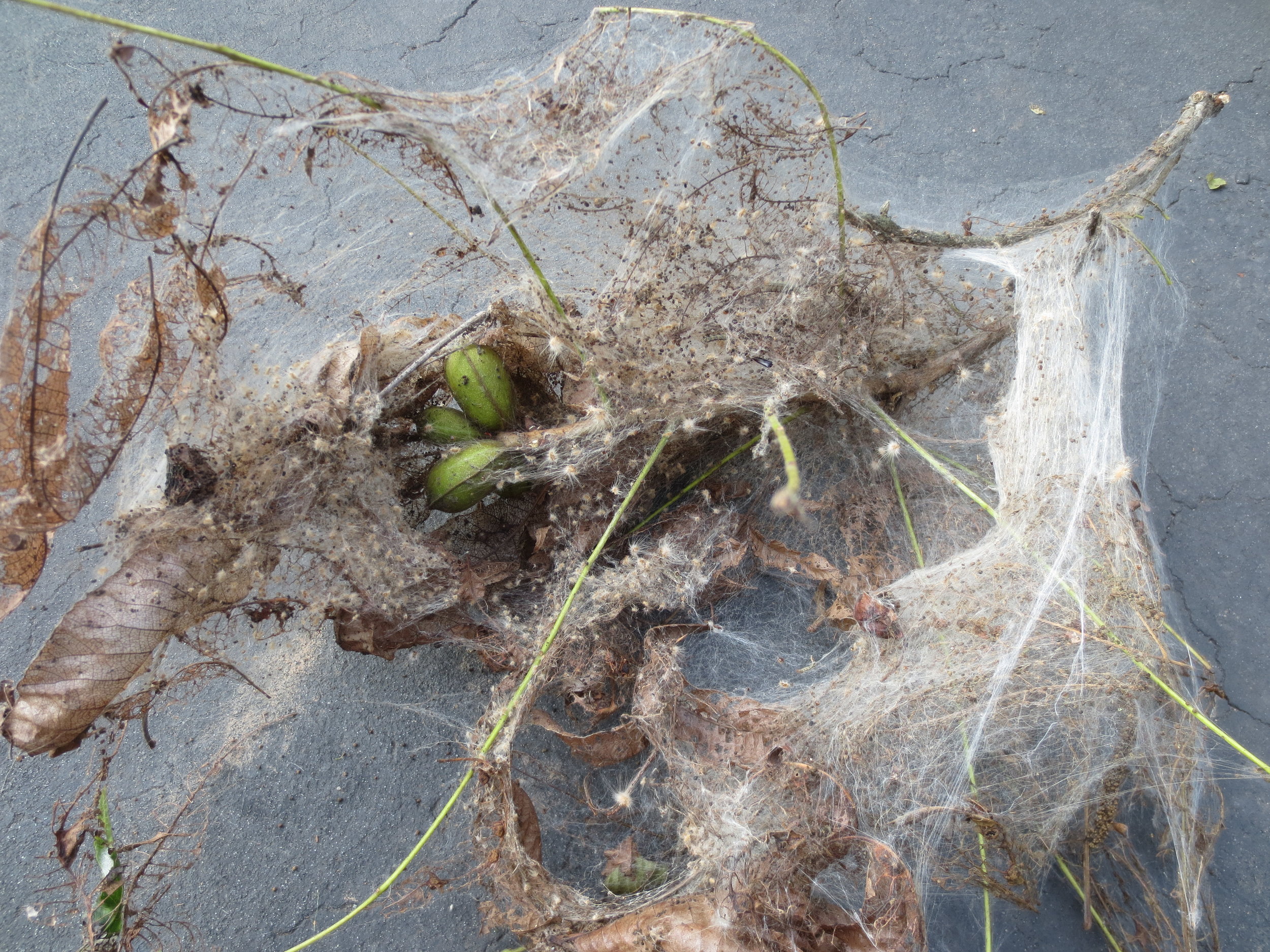
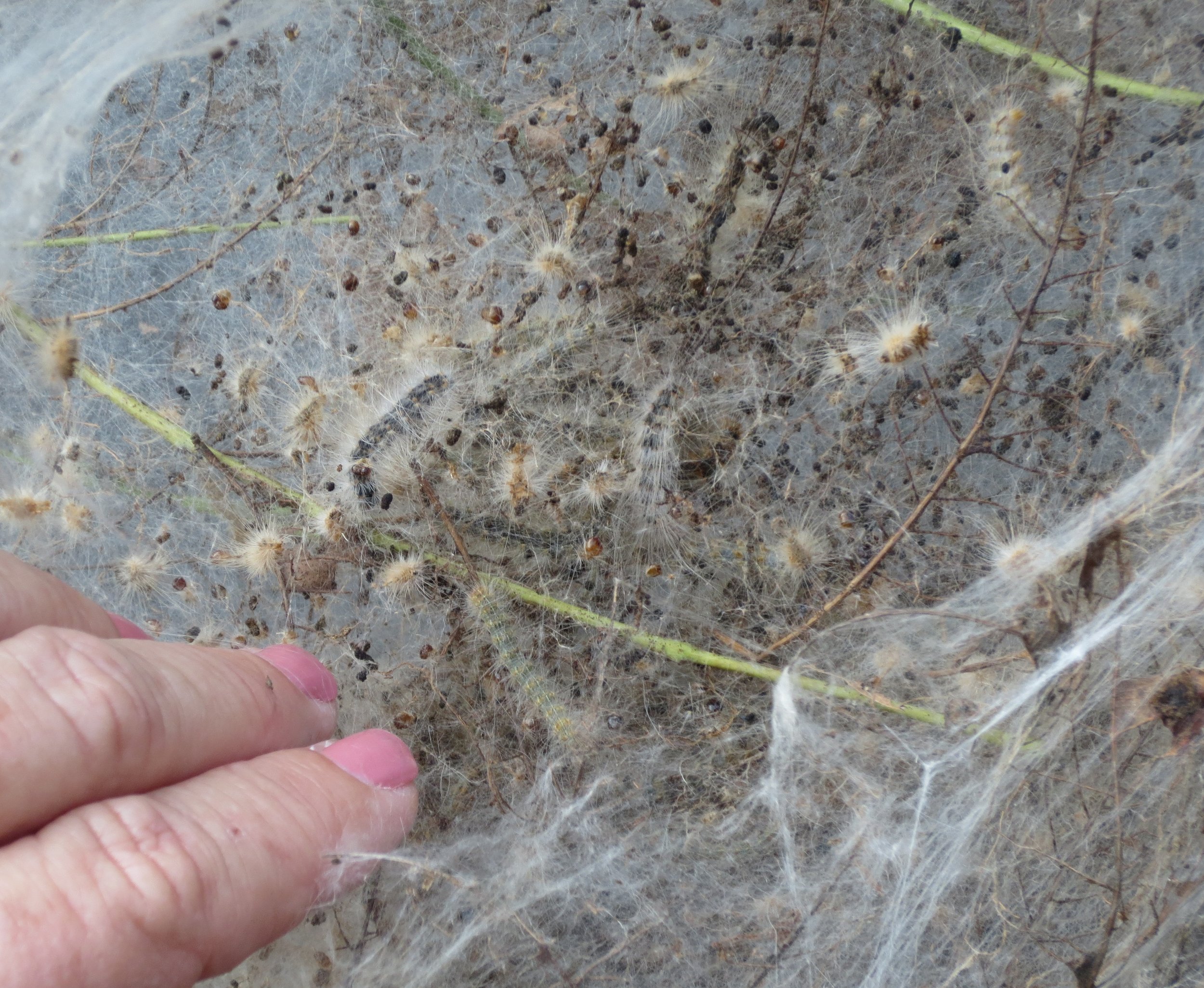

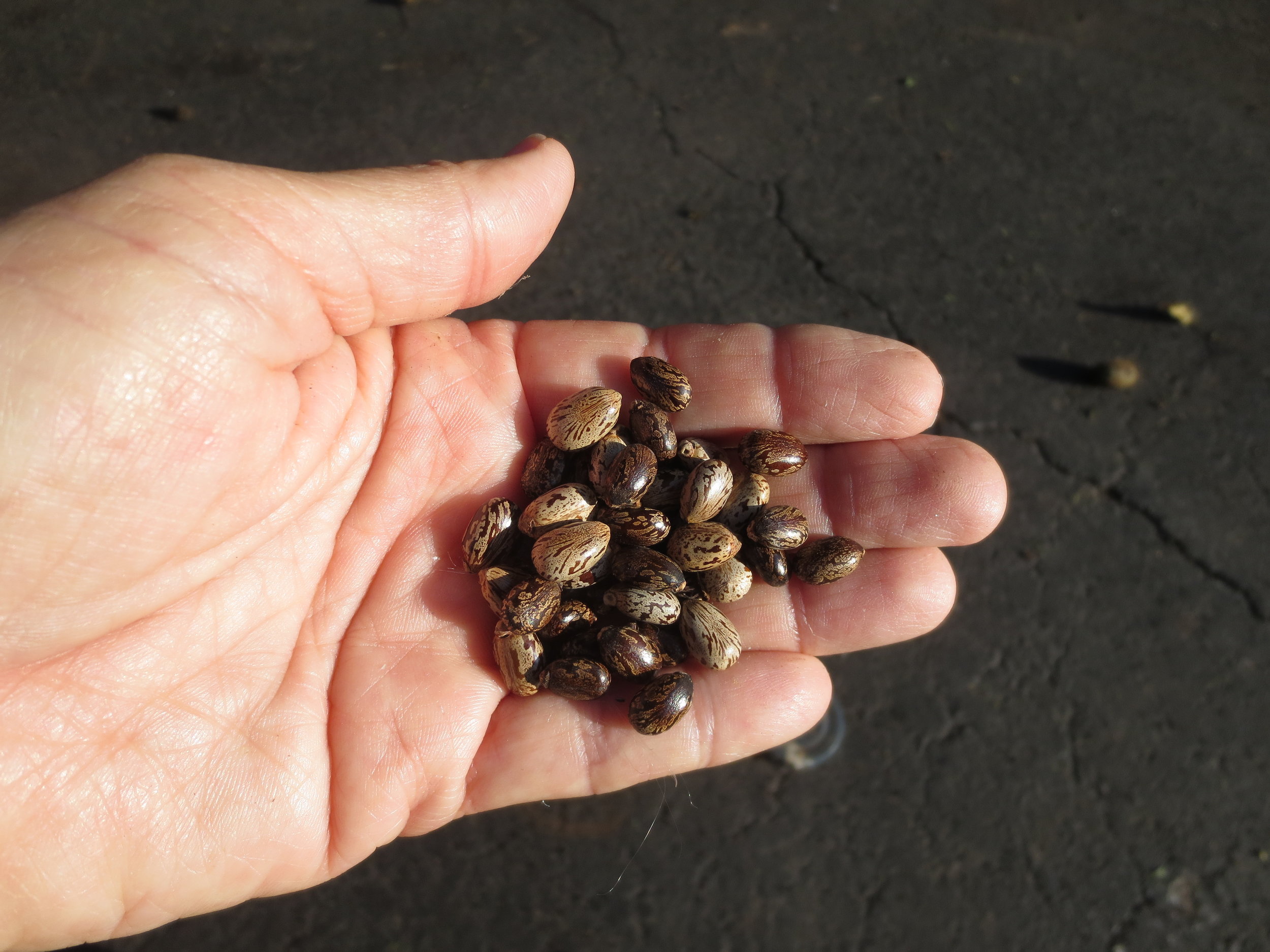
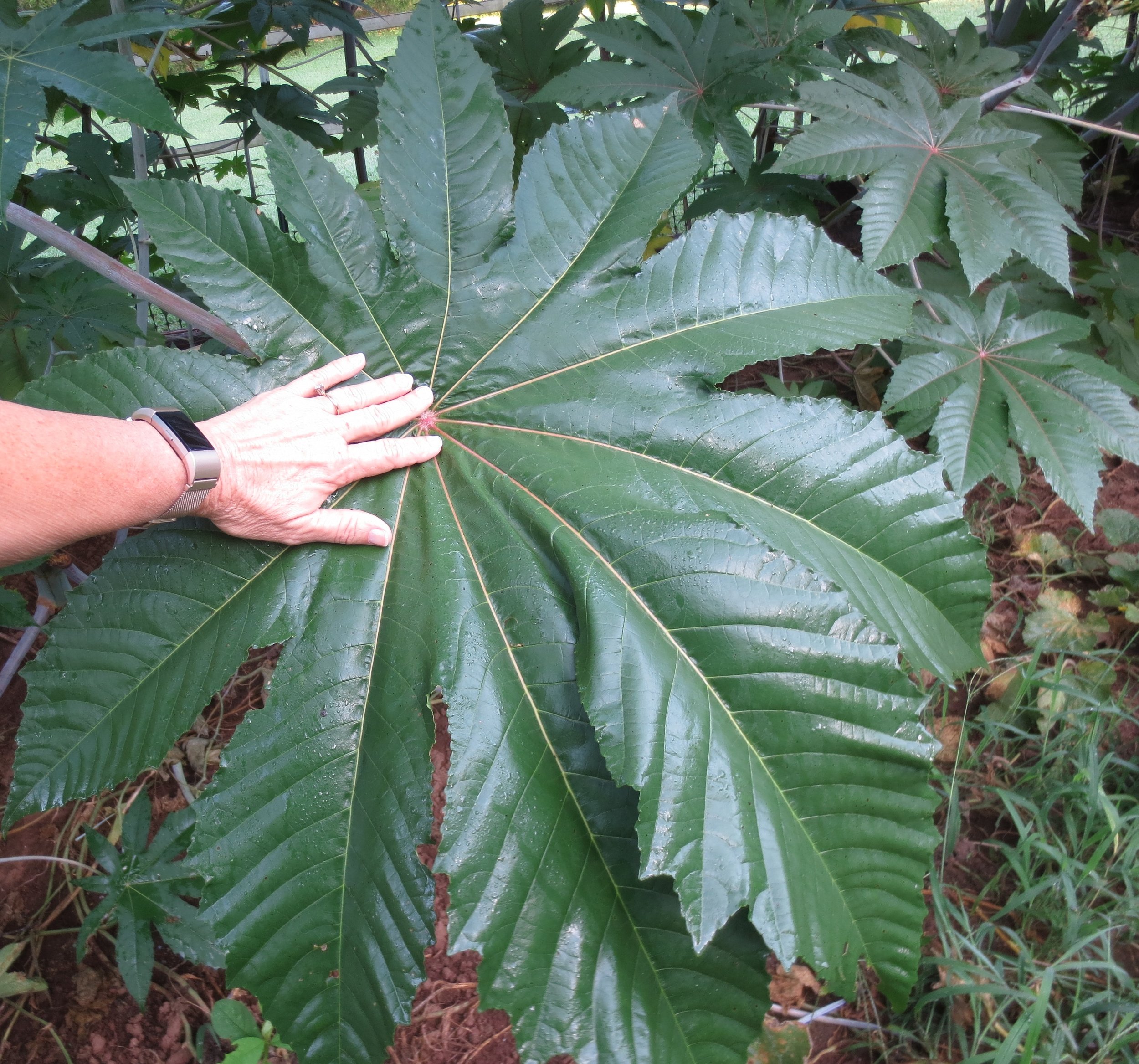
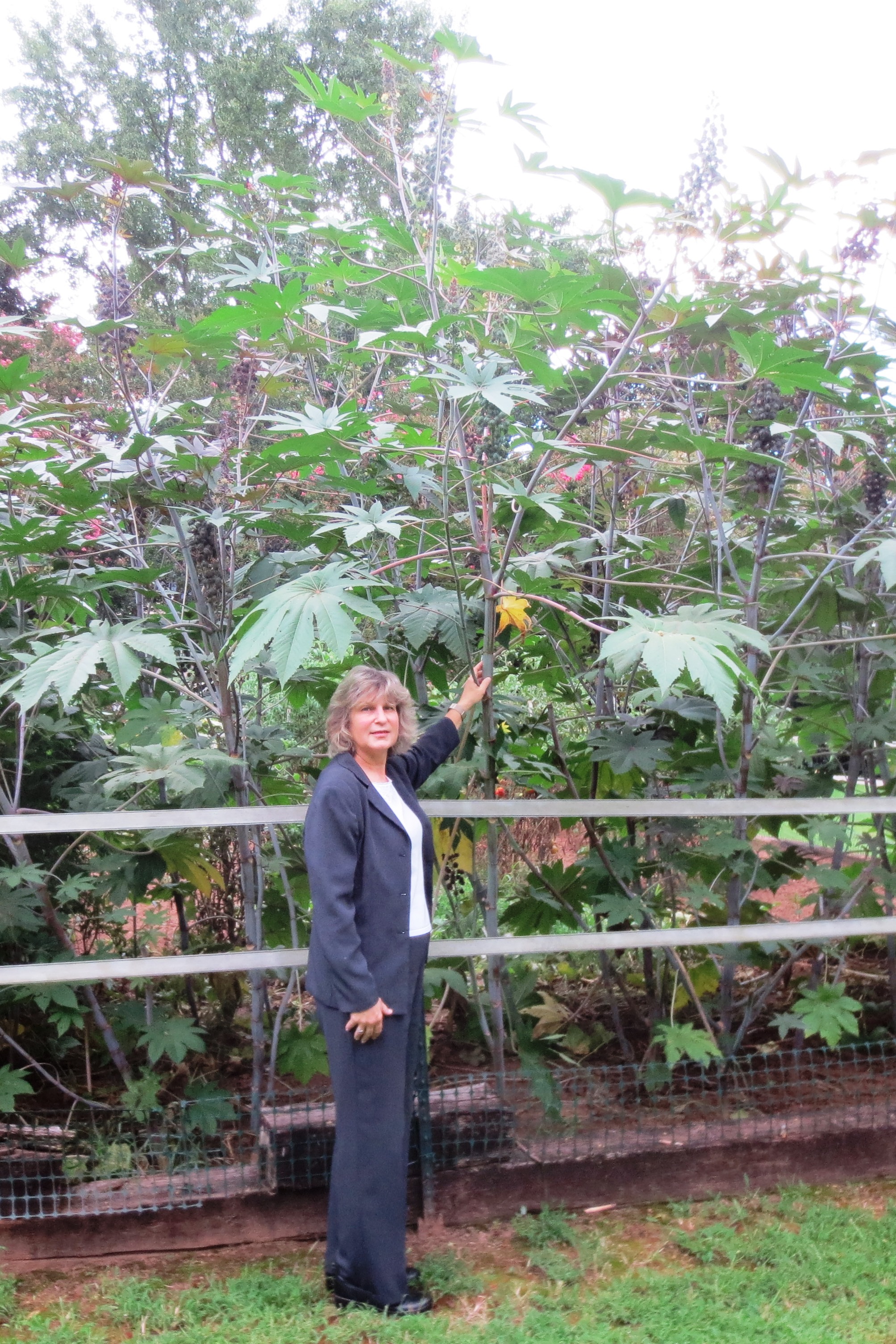
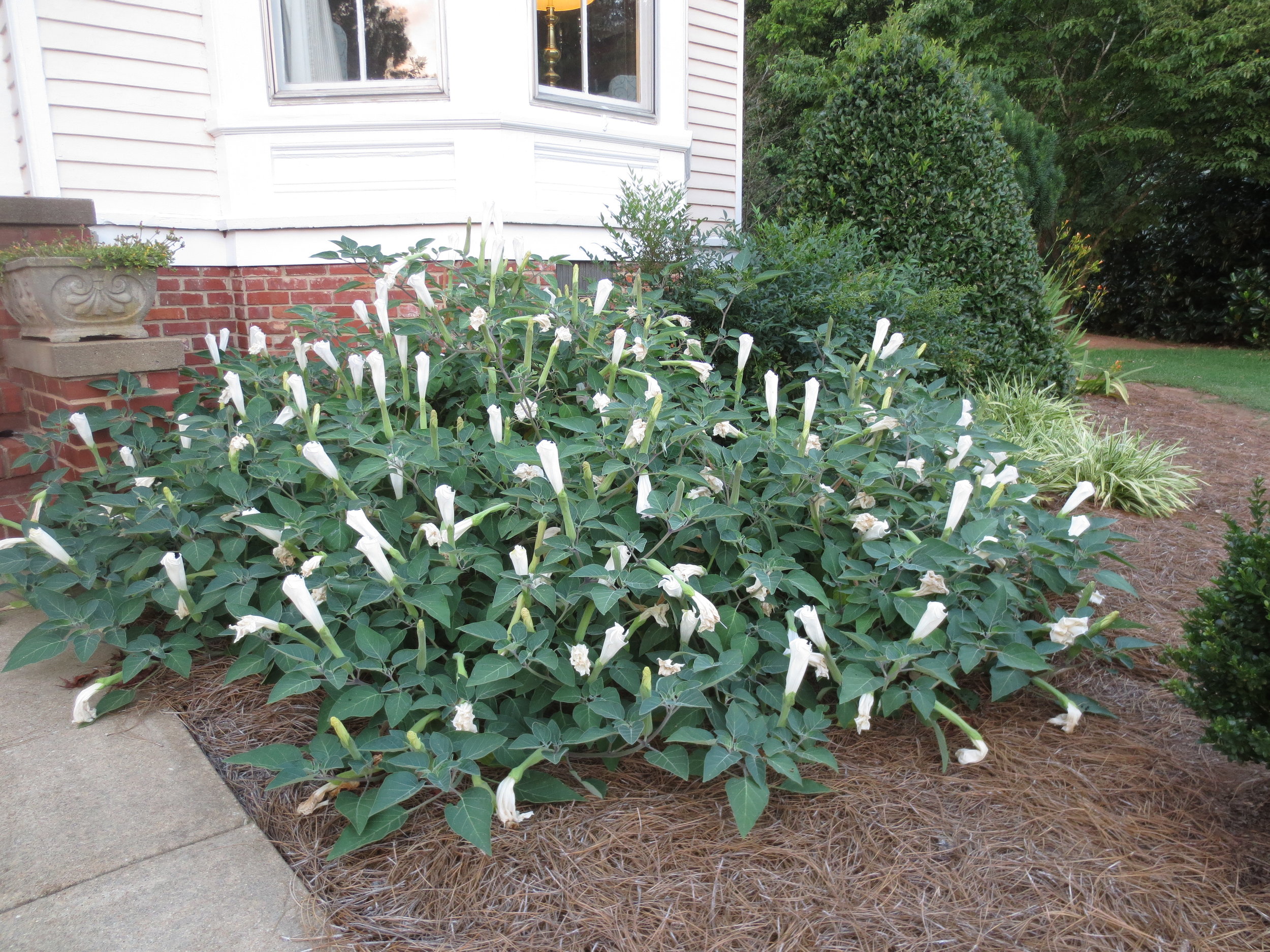
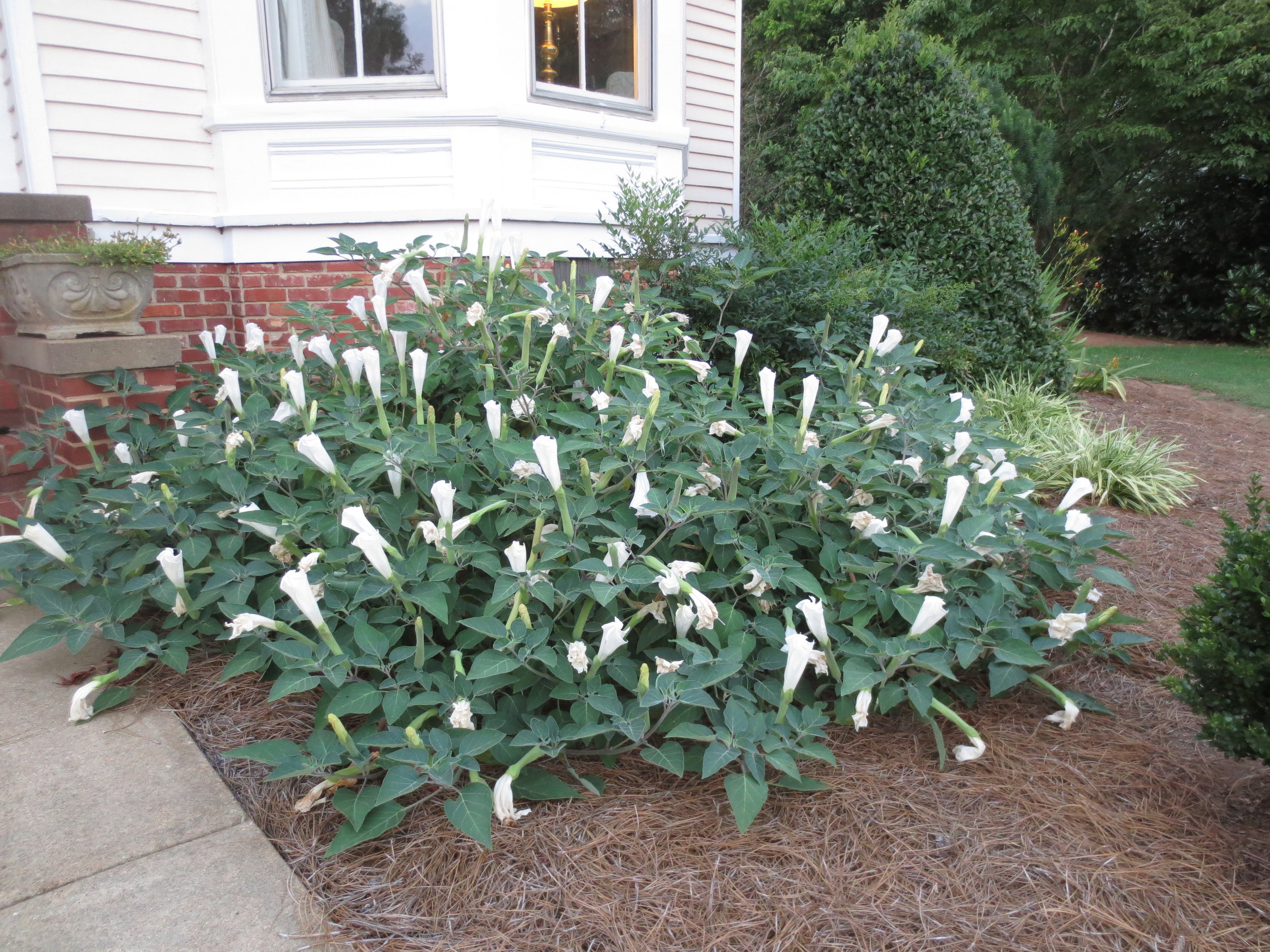
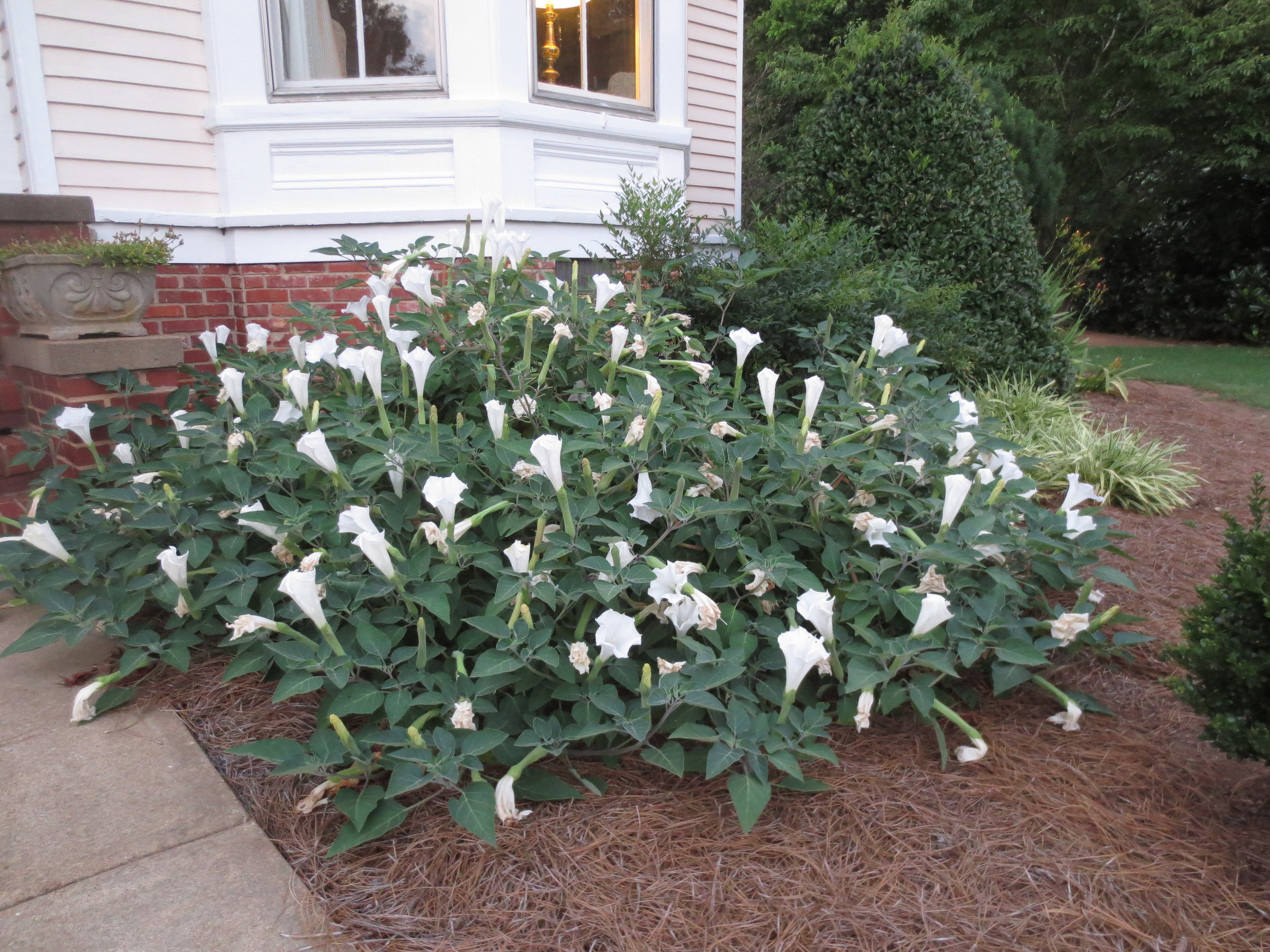
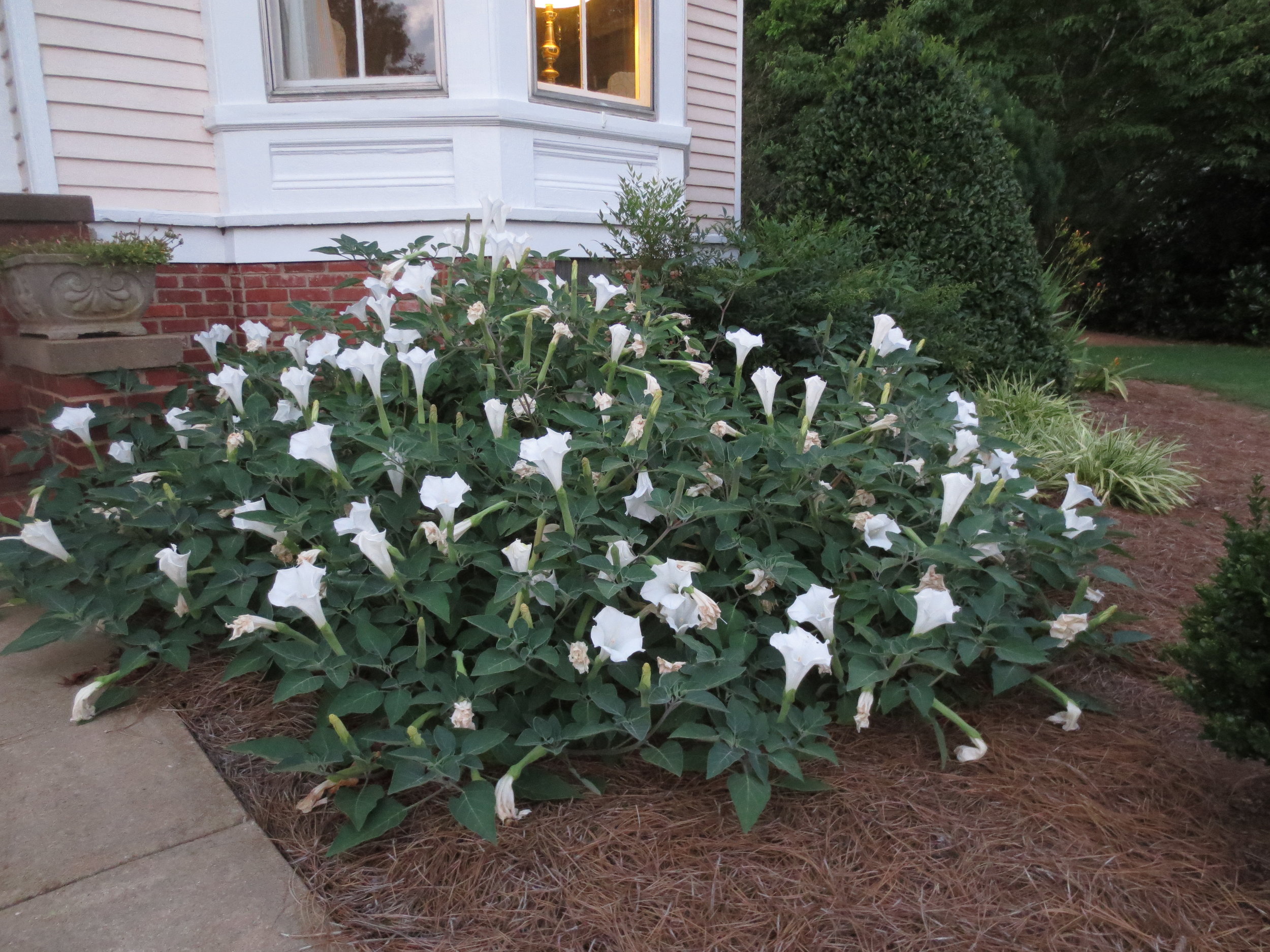
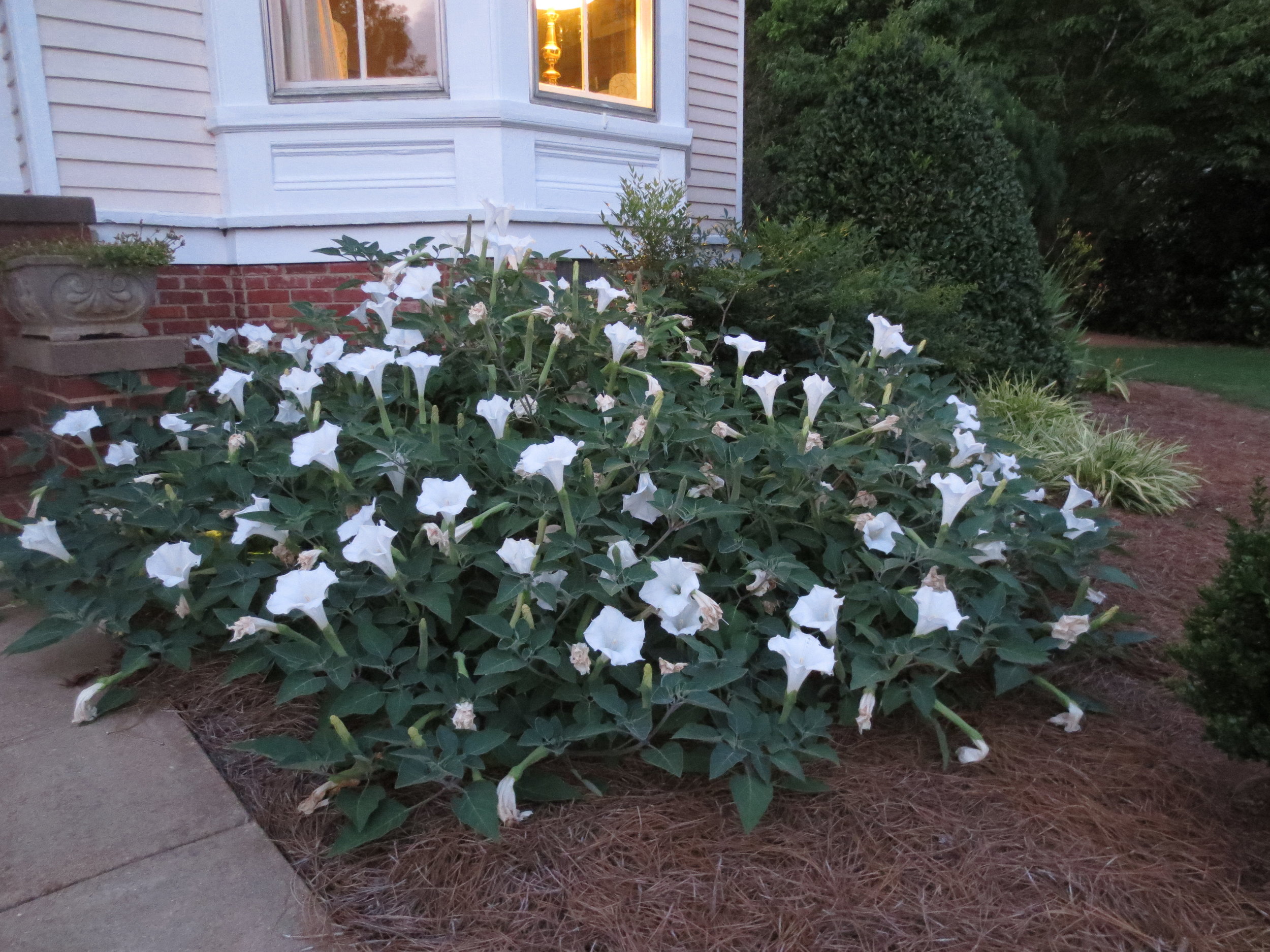

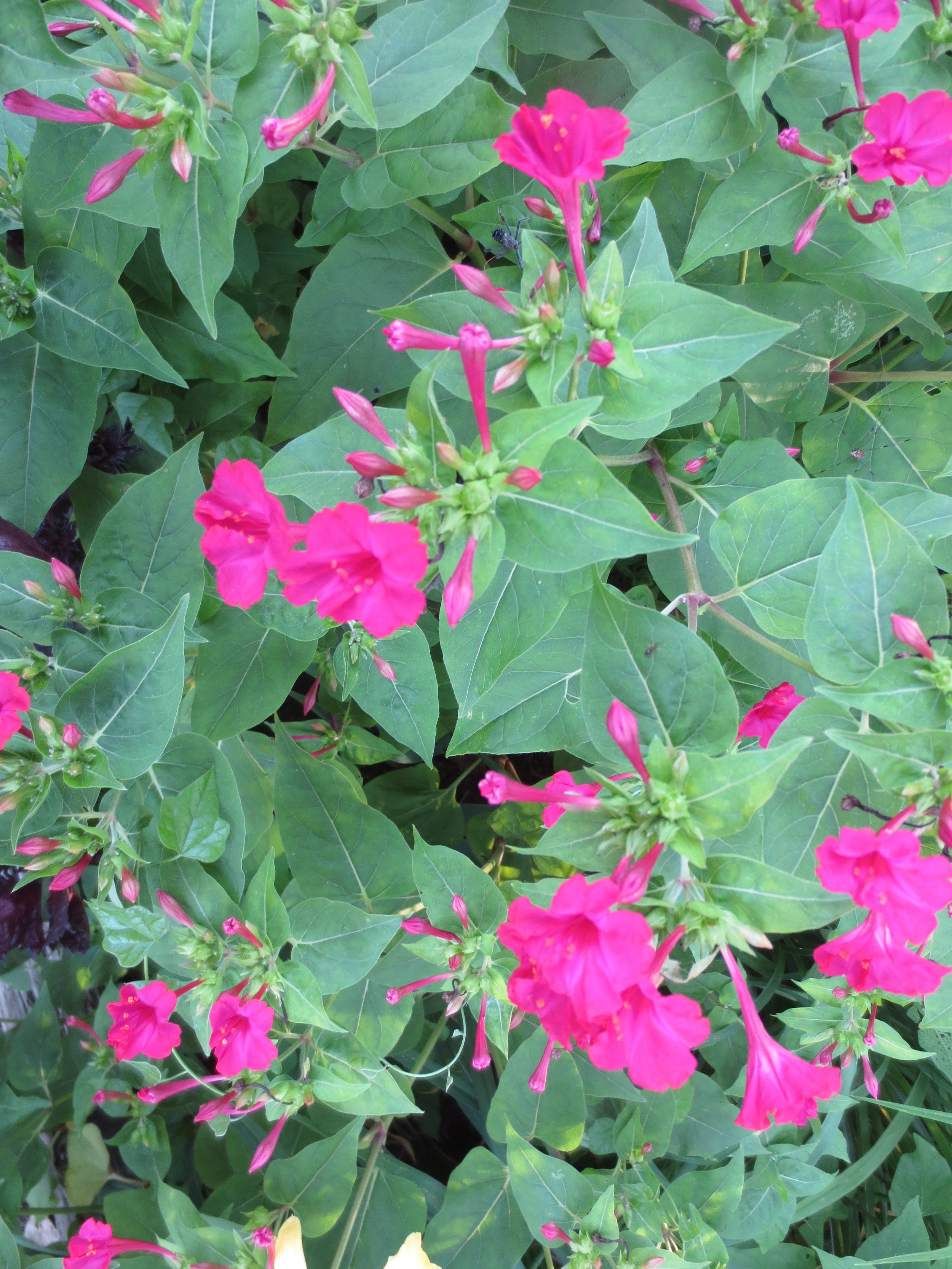
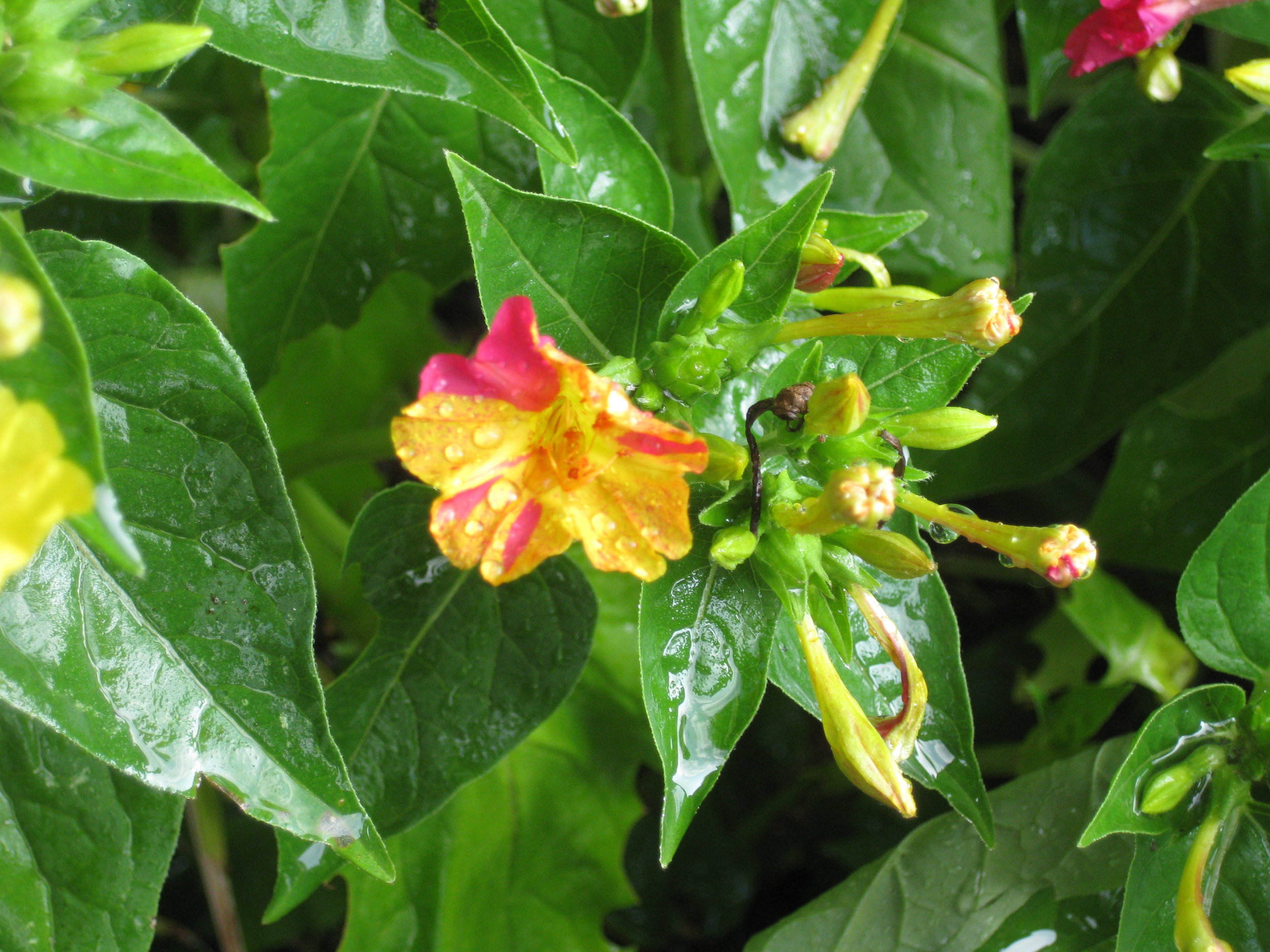
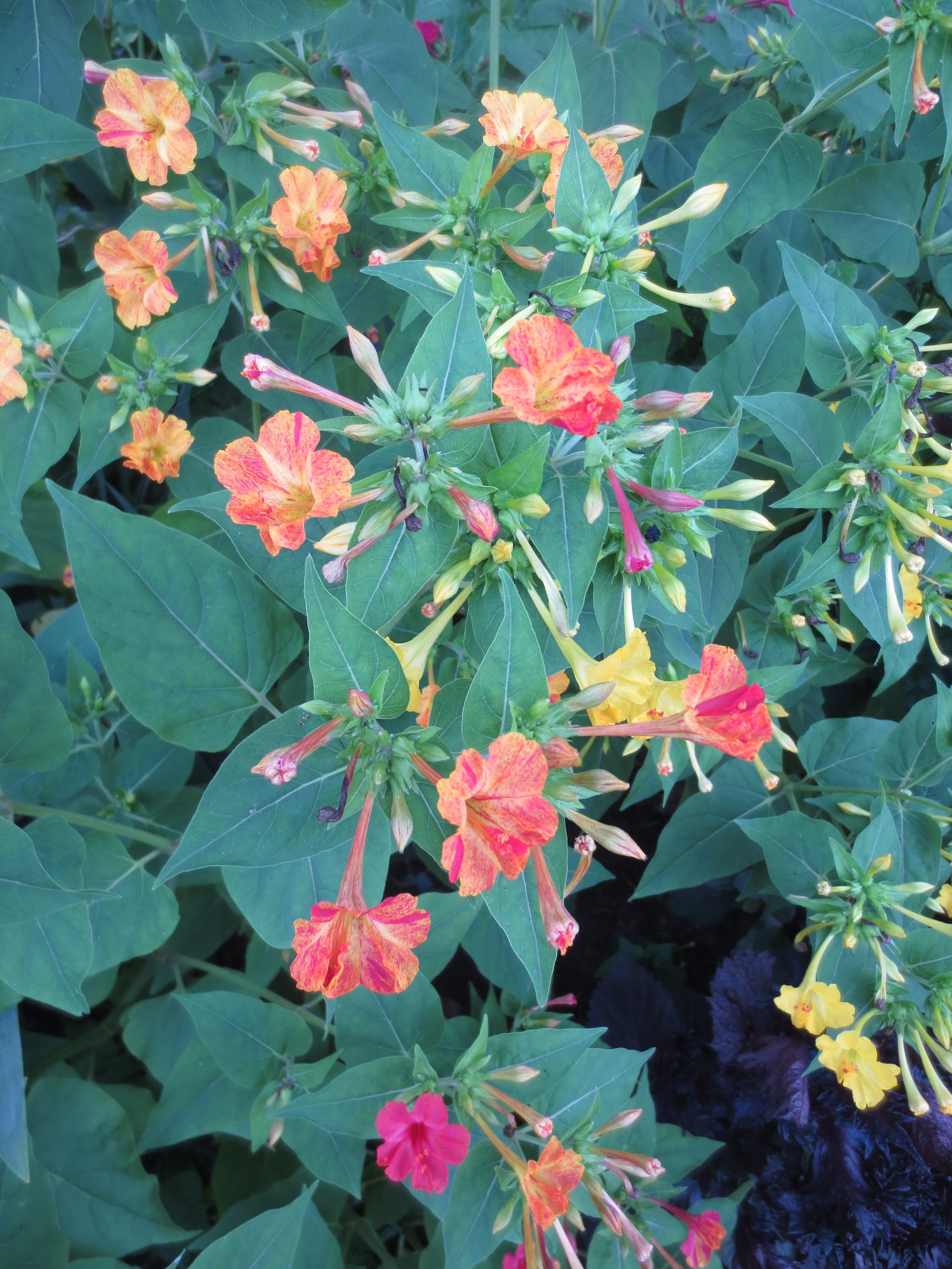

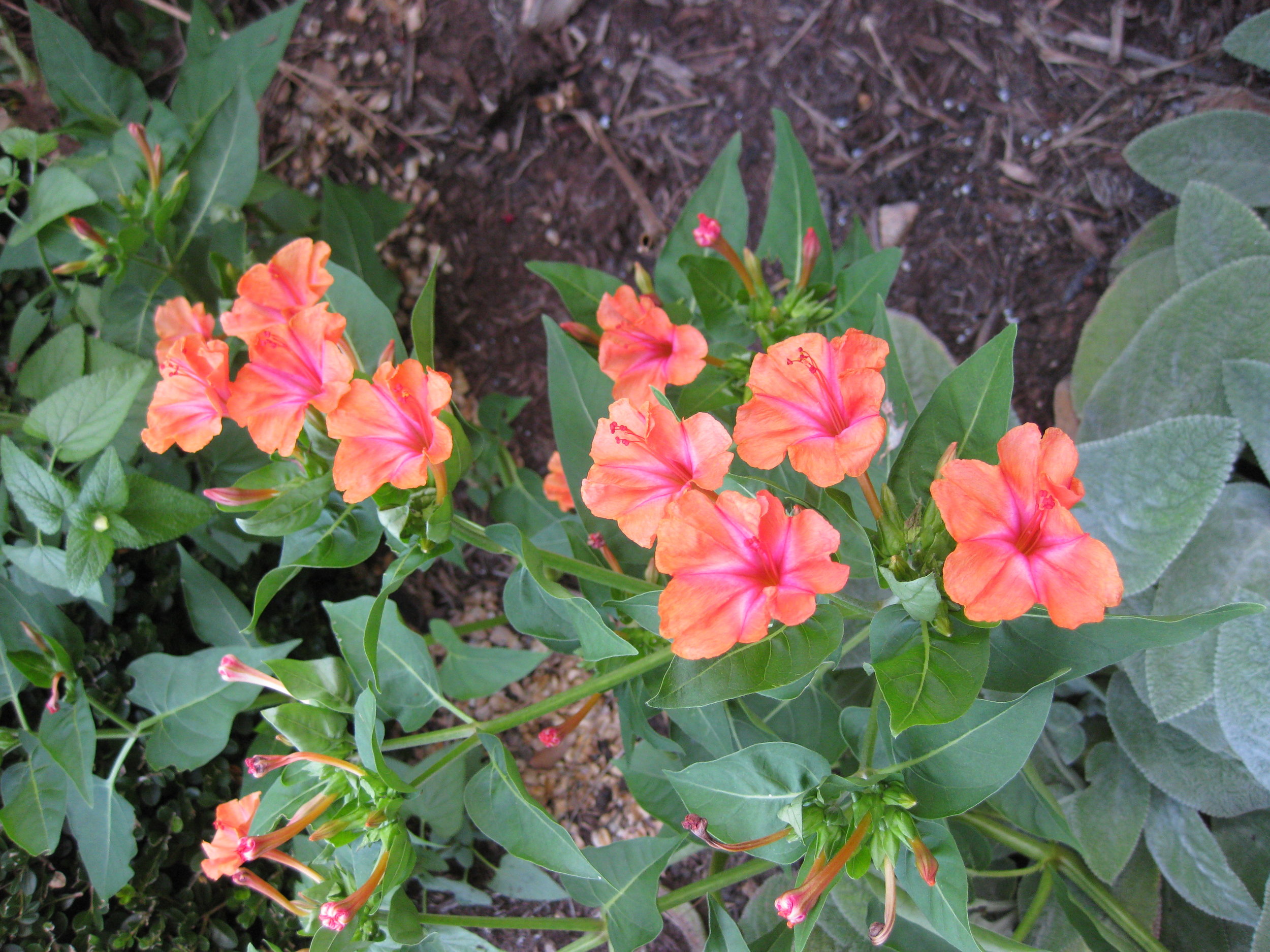

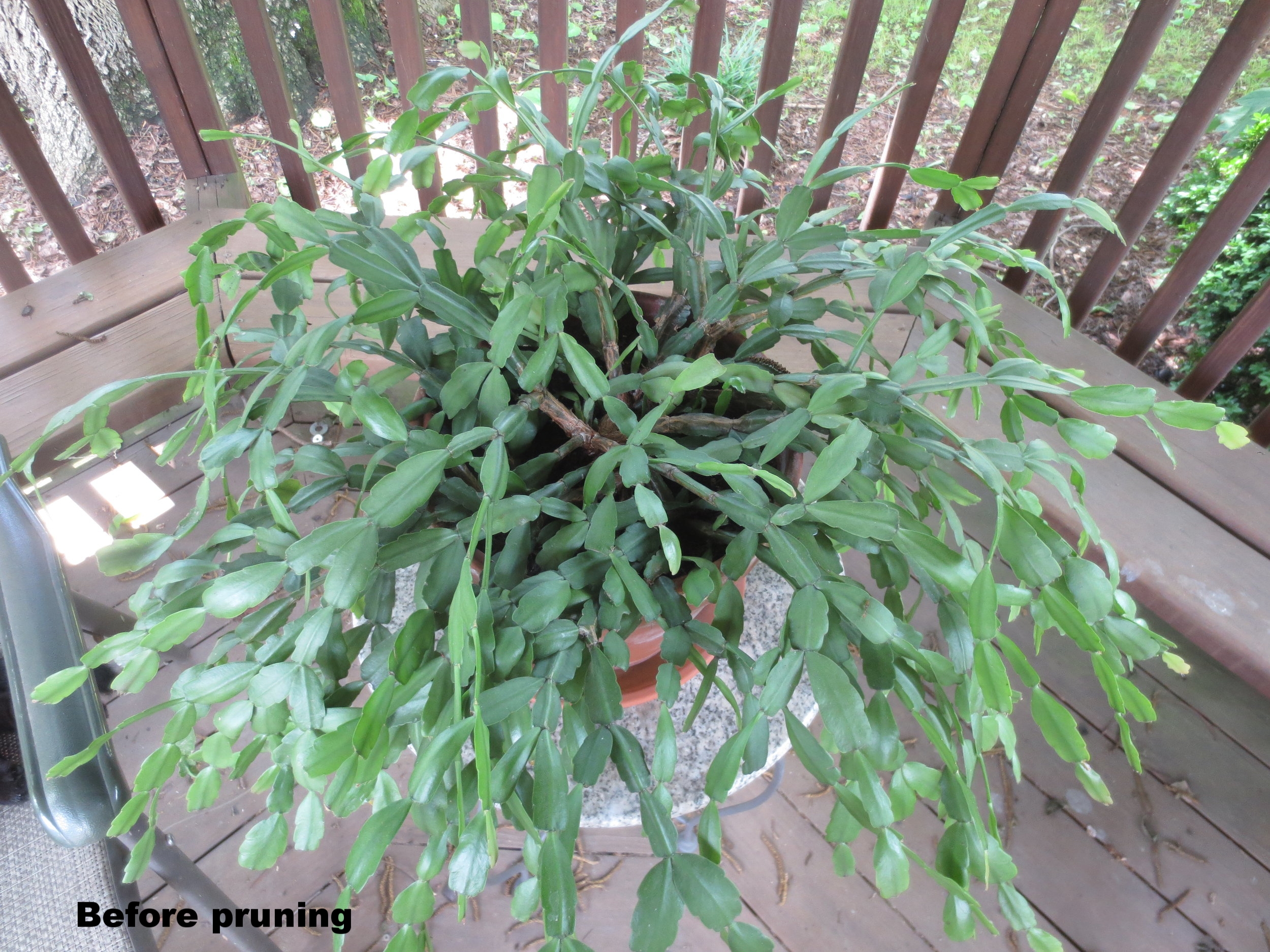
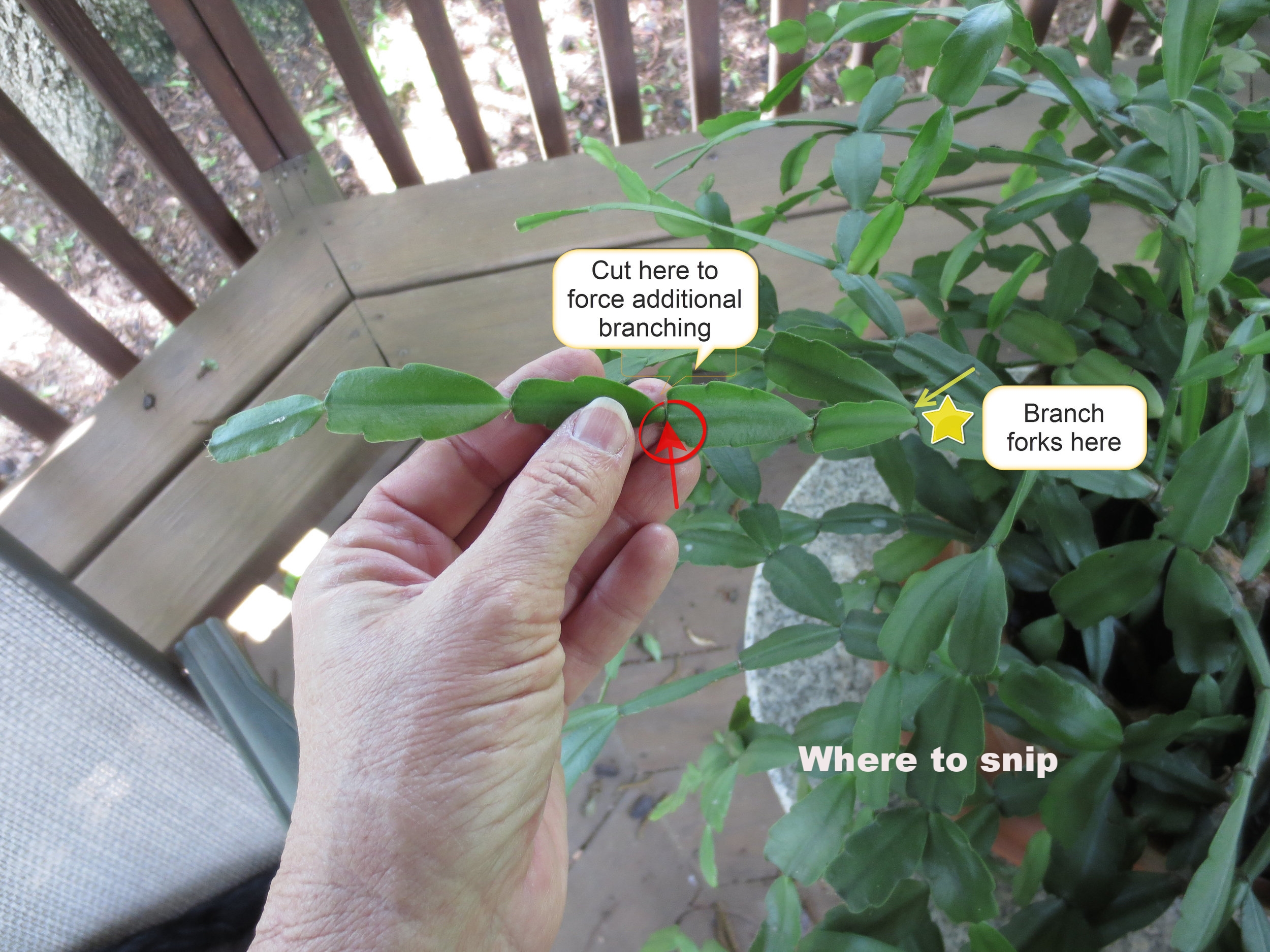
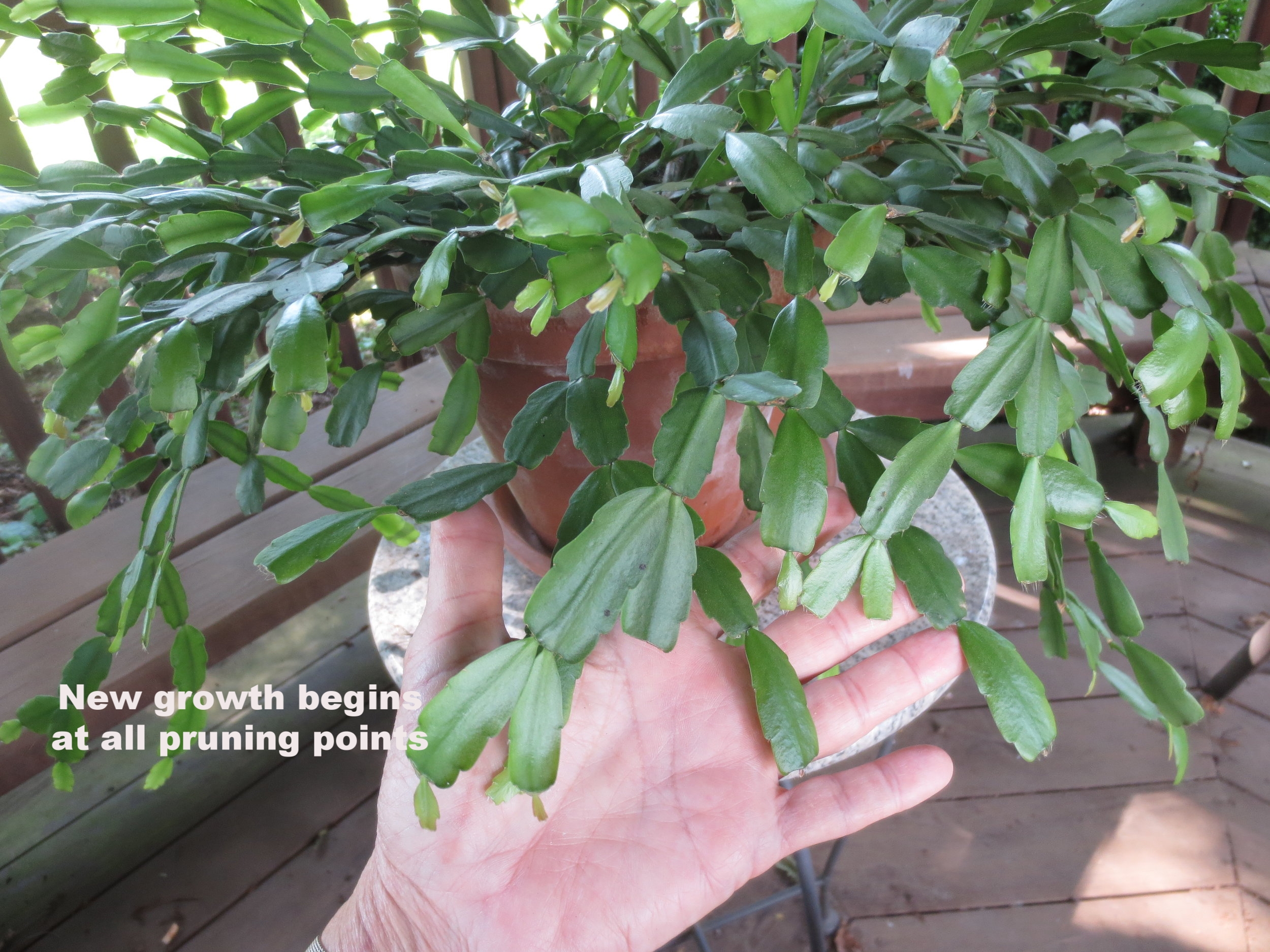



![Kiwi Babies[1].jpg](https://images.squarespace-cdn.com/content/v1/59d4dba48419c263977e98a2/1530116238808-11INU0VYO98XDXCBAZ0A/Kiwi+Babies%5B1%5D.jpg)
